Deconstructing Travel Video Content – A TBEX Ostrava Presentation
This is the presentation given at the TBEX Ostrava travel blogger conference in July, 2018 by Mike Shubic. The presentation was on deconstructing video content – techniques for production, distribution and monetization. You will find the information below chalk full of examples. If you have any questions at all, please feel free to contact me.

PRESENTATION INTRODUCTION
Online Video is the new marketing currency. It is consumed like no other medium. It pays dividends in spades.
Whether you’re a travel blogger or a DMO representative, producing video content is essential today. In this session I will cover and go into some detail on these three topics.
- How to create great travel videos – from branding elements, storytelling to filming tips.
- Then I’ll be discussing opportunities, like the types of videos you should be producing, how to monetize and create value propositions.
- Finally, distribution…how to get views for your videos.
- I hope to leave some time at the end for questions, but if you don’t get a chance to ask one, please feel free to email me at Mike@MikesRoadTrip.com, I’m happy to help.
Video has really taken content marketing by storm, as popular as it is with viewers; I believe marketers are just now getting on board. It’s sort of like the late 90s, at that point nearly everyone was on the World Wide Web as a user, but not ever business had a website. That’s sort of what it’s like today—everyone is watching video content, but not every business is creating it…yet.
One of the challenges for video creators is that there is now a lot of competition for eyeballs; it’s not as easy as it was 10 years ago to attract and amass an audience. So, in order to stand out above the fray, there is one thing that we can all do a better job of…that’s storytelling!
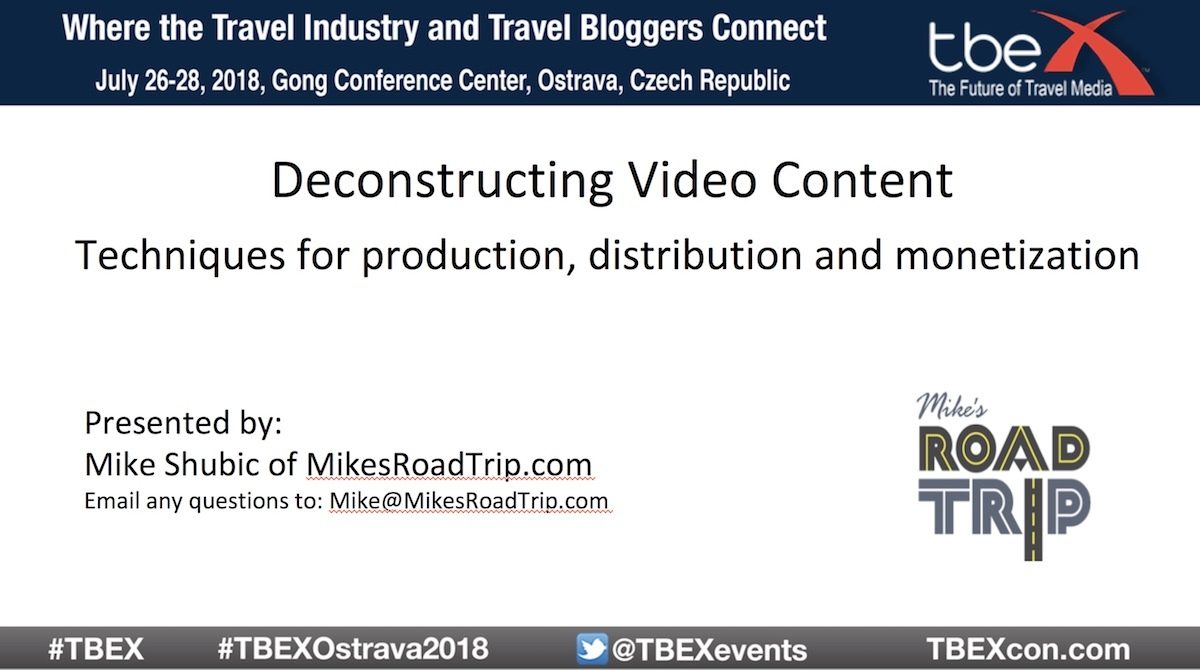
CREATING GREAT TRAVEL VIDEOS
If I distilled a good travel video down to its essence, I would say it’s to inform and/or inspire. Both is even better. [I could add additional terms to the mix, like helpful, entertaining, etc., but I think inform and inspire encapsulates it best.]
The number one element to helping you inform and/or inspire is to tell your audience a story. It sounds fundamental, and it is, but it is rarely done and it’s much more difficult than it sounds. Most travel videos are no better than a slide show or home movie, and we all know what happens to home movies…they never get watched!
For some inspiration on good video storytelling, I recommend watching videos from other travel video creators, so I’ve created a list of some I think are quite good. https://mikesroadtrip.com/best-travel-video-bloggers
Tweet Suggestion: “Best travel videos inform and inspire” says Mike of @MikesRoadTrip #TBEXOstrava2018
Audience Question: How many pizza lovers are here in the audience. Who doesn’t love a good pizza?
In my opinion, the best pizzas are the simplest ones, like the Margarita, but they are also the most difficult to make. The reason why, there is no where to hide (behind complex ingredients). The dough for example has but 4 ingredients, Flour, salt, yeast and water. So why is it so difficult to make pizza dough.
There are three factors:
- Art – It takes a lot of practice. You can’t walk into a pizzeria and expect to toss the perfect pie. It takes a lot of practice. The reason the dough is tossed in the air is to stretch and dry it out evenly.
- Science – There may only be 4 ingredients, but using the right quantity, at the right time matters.
- Time – There is no substitute for time. Good dough needs the time to rise properly.
The reason it is so difficult to get a good pizza is because people cheat on these three factors. It’s the same with travel videos. People don’t learn the art, the science or spend the time needed to properly produce a travel video.
Okay, this isn’t a pizza-making session, so I’ll move on.
I’m sure you’ve never heard this before…a good story… well, it has a beginning, a middle and an end.
- The Beginning – is where you make promise to the viewer that this story will lead somewhere that is worth their time.
- The Middle – is where you construct anticipation, conflict about what the outcome might be. It’s where you guide your audience as to what will happen next.
- The End – is a conclusion, and where you deliver on the promise you made at the beginning.
I will be the first to admit that I struggle greatly in telling stories in my videos. I’ve gotten better over the years, but it takes a lot of practice. It’s something you can never stop improving upon.
In storytelling you need characters, a theme and a setting. The characters can be you as a host, a narrator or someone you meet who is the focus. And it doesn’t have to be a person.
Ultimately, a great story leaves the viewer with an emotional reaction.
Now, the purist form of cinematic storytelling, is a story with no dialogue. Here is a very short example of what that looks like, many of you may recognize this person.
Great Storytelling quote: “Drama is anticipation mingled with uncertainty” by William Archer a British playwright.
FOUR COMMON MISTAKES PEOPLE MAKE WITH THEIR TRAVEL VIDEOS
- Tell and don’t show – rambling on-camera or V/O with no supporting footage.
- Not shooting in sequences – Too many people film a long single scene. Much better to shoot a sequence of shots…instead of shooting a wide angle of someone getting in a car, shoot a series of shots like the hand on the card door opening the handle, a foot being placed in the car, car door closing, hands on the steering wheel, key in the ignition, etc. Ice cream shot…rather than just showing a shopkeeper scooping ice cream, get a series of close-ups and finish with a wide. The video above by Casey is not only a good example of video storytelling with no dialogue, but also a great example of shooting in sequences.
- Disregard audio – People are more tolerant of crappy footage than crappy audio. Whether it is poor audio, say wind wafting over the mic. Not editing to the flow of music, say editing on a hard beat. Consider using sound effects, like the sound of a book turning a page, a whoosh sound at a dramatic transition.
- Neglect to kill the kittens – I did a travel channel show a few years back and our producers liked to used the term “kill the kittens” in reference to cutting footage you’re in love with, but doesn’t support the story. Not surprisingly, World famous author Steven King, has a similar term when it comes to editing books, he calls it “killing the children.” Creepy dude!
FILMING TIPS
To help you down a path of creating great travel videos, here are a few tips.
- Shot list – Create a Shot list before you go (maybe even storyboard out the shoot)
- Footage – Needs to be good quality, not shaking, creative/unique shots (drone, gimbal, time-lapse, reveal, simulated boom).
- Avoid dramatic jump cuts – better is to do a wide, then a bit closer in, etc. several transition shots.
- Audio – This is an area that so many people overlook. Nothing more annoying than either not being able to hear what is being said properly due to wind or background noise. Audio is one of those things that goes unnoticed when done properly. I highly recommend a good wireless lav mic like Sennheiser…this is so good at isolating audio with background noise. A shotgun mic like this one from Rode is also a great choice for capturing quality audio and eliminating wind noise that often occurs when relying on the internal mic to pick up audio. People are more tolerant of crappy footage than crappy audio. Make sure to check your audio levels so that you don’t peak. Much better to have the audio low and raise it in post production vs. too high and distort it. Similar to filming, you’re better off being a tad under exposed than over exposed.
- Shots – Establishing shots (wide, close ups,), rack focus, characters (introductions of people and/or places), action (POV, creative) locations (introduction of the location) and then, the conclusion (everyone celebrating, coming around a table, saying goodbye, etc).
- Don’t be afraid to let the camera roll before/after a scene – Sometimes you’ll capture something you did not expect that could make your video. Always film for a minimum of 10 seconds, depending on the shot 20 might be better. You often don’t know how you’re going to use a shot. I can’t tell you how many times I wished I had a few more seconds of footage. Storage is cheap today, so there really isn’t much excuse.
Tweet Suggestion: “People are more tolerant of crappy footage than crappy audio,” says Mike of @MikesRoadTrip #TBEXOstrava2018
Question: What is the difference between United and Virgin? United is an airline, Virgin is a brand! Similarly, a PC is a computer, a Mac is an Apple brand.
Why should you care about branding? Because it helps establish a relationship between you and your audience.
BRANDING ELEMENTS
- Intros, outros, fonts, colors, transitions, music and sound effects are all examples of branding elements. Watch the video below to see examples of these elements in action.
- Being consistent throughout the video production process will help develop rapport with your audience
Branding Examples video examples:
YouTube Thumbnail Branding example: (Slide 15)
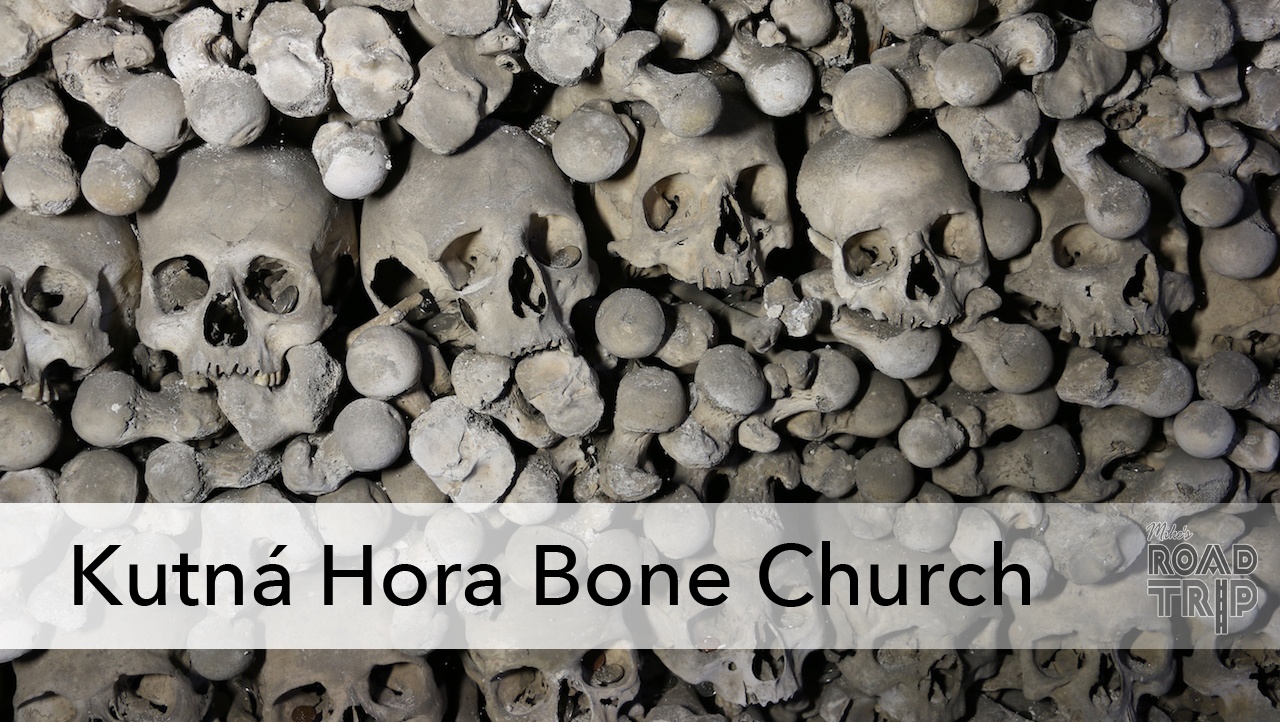
DISCOVERING OPPORTUNITIES
Question: How many of you are making money from your videos? A living? For most of you, the answer is no. Hopefully the following ideas will plant some seeds. If you water them, they will grow and eventually produce fruit.
PRESS KITS AND SERVICES
- Press kit – No one will take you seriously without a press kit. Here is an example of mine: https://mikesroadtrip.com/press-kit
- Create promotional packages (Examples here: https://mikesroadtrip.com/press-trips)
- Create a list of a la cart items/services you offer. Examples: full experiential episode or vlog, Instagram features, teaser videos, b-roll, podcasts, etc.
- B-roll and (B-roll to destinations, tour companies and brands) stock footage (Storyblocks, Getty, Pond5, Audio Jungle)
- Live video or short vignette videos for social media.
- Working with/pitching brands (See video example below about a creative brand pitch. Suggestion…create a top-10 list of your favorite brands that dovetail with what you do. Take the time to develop a creative pitch like I have done below.
Ford pitch example – play on Dos Equis
Most popular types of travel videos: (Slide 20)
Pie Chart – The most watched type of travel videos are experiential or vlog in format at 48%. This is why destinations need to be working with folks like us.
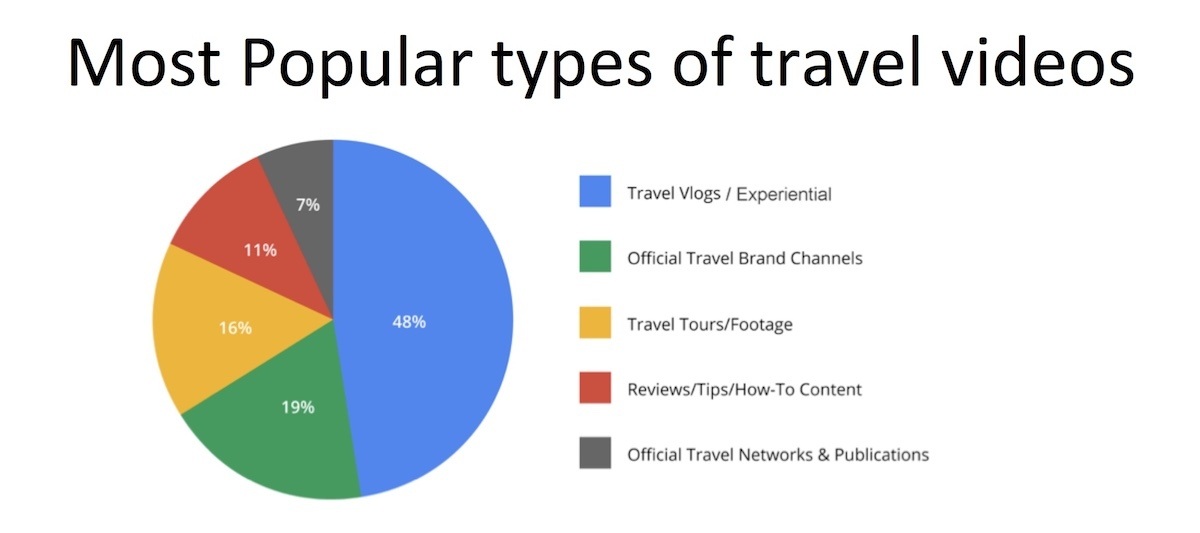
Types of videos to produce:
- Promotional – Advertising in nature, typically highly professional and visually appealing, but least effective. These are typically produced by larger production firms for DMO’s/brands.
- Experiential – (Vlog is similar, but less polished) Editorial in nature, story narrative with a host showcasing the experience first hand. Most impactful with audience/viewer. Most commonly produced by travel content creators.
- Testimonial – These videos are when guests/customers, stakeholders brag about an entity. These can be very powerful as they are often unbiased.
- How To – How to travel on less than $100 per day. [Up 70% year-over-year on YouTube (6/16)]. Very popular in written format, but just starting to gain traction in video.
- Best Of – Top sights not to miss when visiting “x.” Best hikes in Sedona, best places to ski, etc.
- Interview – Usually documentary style. Short interviews can add a lot of credibility and dimension to a travel video. Click here to see an example.
- Review – Review products you love/use. Compare two products. These are often longer format and can generate a lot of traffic.
- Product Overview – Typically shorter review videos that showcase the features and benefits of a product, such as an un-boxing video.
There is certainly a place for more informal videos, such as Facebook Live, or maybe a quick 30-second hotel or attraction video to enhance a blog post beyond a photograph.
Example rates (Slide 22)
- Experiential Episodes $500-$5000
- B-roll – $25/second for internal and $50 for external use. $75/second for broadcast/T.V.
- Stock footage – $25 to several hundred for a 10 second clip depending on the outlet. VideoBlocks and Getty (two good choices). Pond5.com and Videohive.net are two others.
DISTRIBUTION (Ultimately about getting more views)
YouTube Rankings
YouTube’s mission is to get people to watch. #1 aspect of the algorithm is watch time. The Title of the video and the first 100 characters of the description is most important.
YouTube Rakings encompass the following
- YouTube no longer ranks videos based on views as they discovered that views often serve as a poor indicator of video quality.
- Watch time – Longer videos with high watch times get ranked higher. [See example below] YouTube has publicly confirmed that a video’s total watch time is a key ranking signal. Evidence: The thumbnail below shows videos for the search term “Nova Scotia.” The video in the #1 position is from MikesRoadTrip.com. It ranks #1 because the video is over 9 minutes long and has a very high watch time, over 6 minutes. The video in the #2 position is by a much more popular blog and has a lot more views, but the video is only 3 minutes long. Even at a 100% watch time, it cannot compete with the video in the #1 position.
- Engagement – Shares, comments and likes also factor significantly in the algorithm when it comes to search ranking on YouTube.
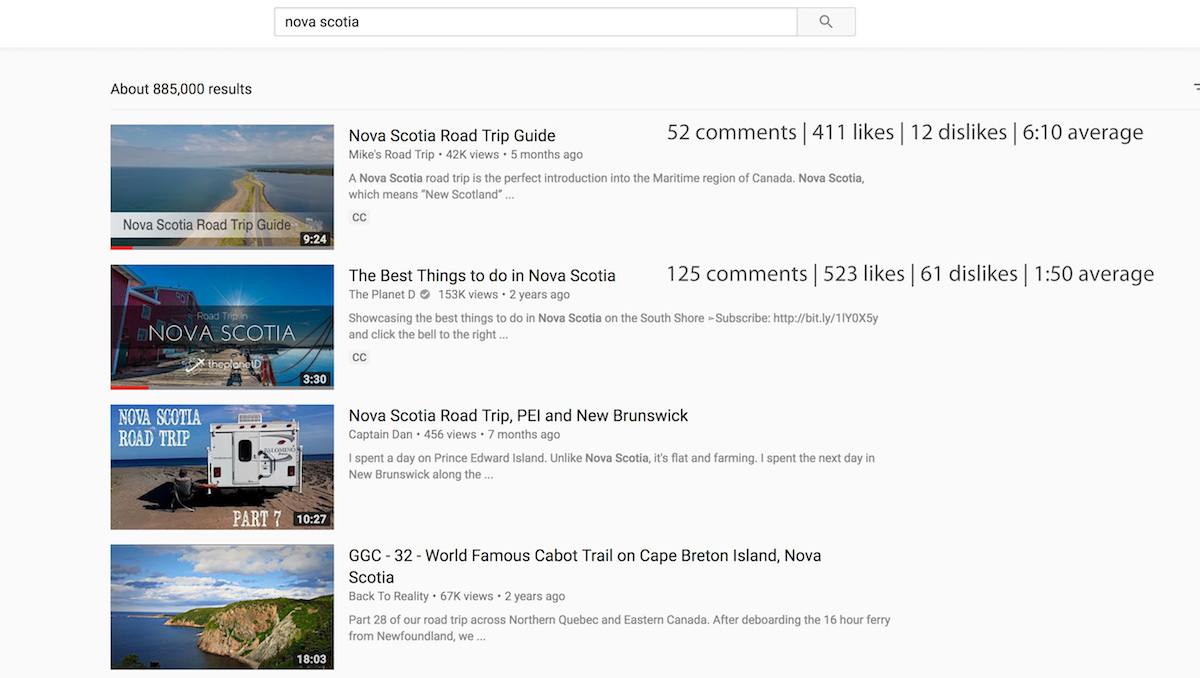
Helpful tools:
- Find your YouTube video rank: http://ytrank.net
- TubeBuddy.com – Optimizing your YouTube videos
- SocialBlueBook.com – Social media value for YouTube, Facebook, Twitter, Instagram, etc.
- DTube – New video platform that pays content creators in crypto currency.
- Blackbox – Platform to sell stock footage for passive income.
- Newsflare – Platform to license your footage for passive income.
Distribution Outlets:
- Streaming outlets, i.e. ROKU, Apple T.V. Amazon Fire
- Aggregation websites, i.e. GoTravel.video, Bloglovin.com, TravelDudes.org
- New Technologies coming soon that will revolutionize and create more opportunities for video content creators.
TAKAWAY’S
- I hope I have provided some framework for producing great travel videos.
- Provided you with some ideas to develop opportunities.
- And, some tips on distributing those great travel videos.
CLOSING
This is going to sound like an exaggeration, but we truly live in an era of boundless opportunities that mankind has literally never seen before. That has never been more true than in the travel sector. If you have the will and desire to succeed, you can make it in this amazing industry.
Special offer: If you send me a link to one of your videos, I will critique it with a list of detailed suggestions on how to improve it. Visit: MikesRoadTrip.com/contact
Comments are closed.


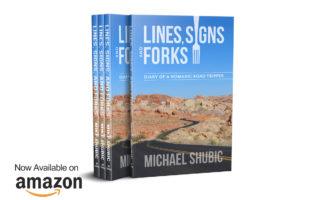
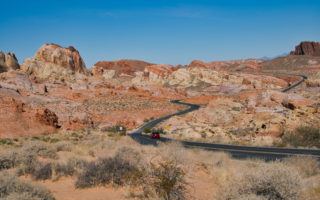
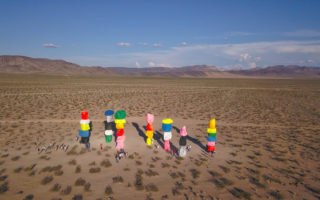
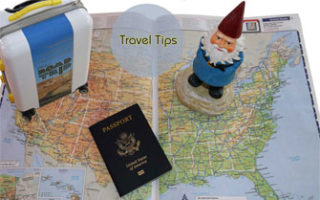


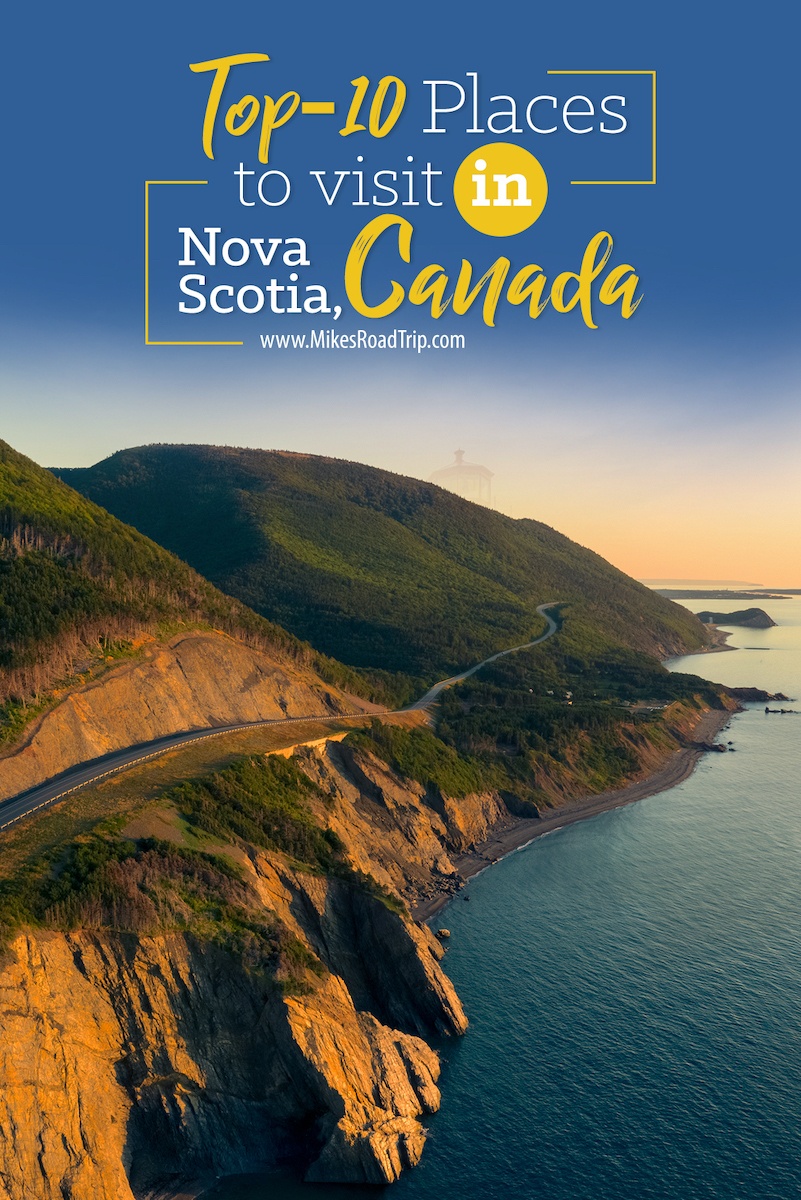
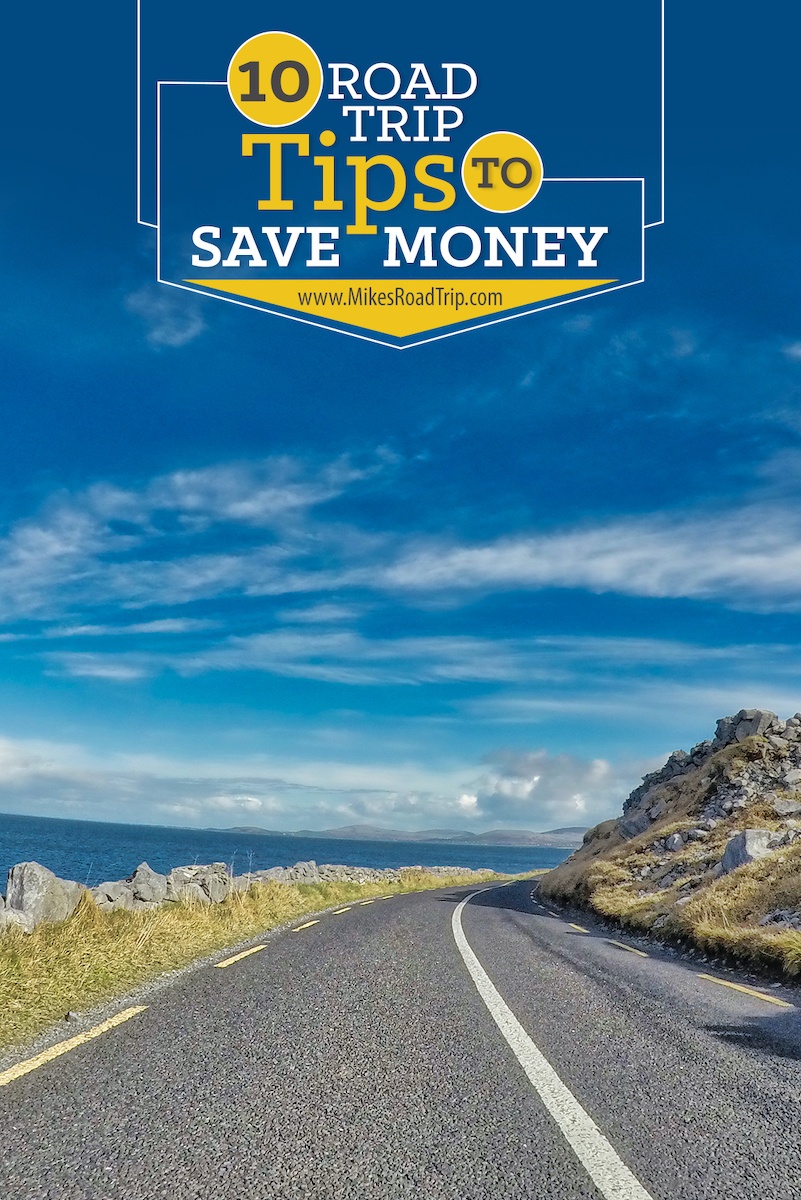
![Top-5 Best Places to visit in Belgium beyond Brussels [video included]](https://mikesroadtrip.com/wp-content/uploads/2020/07/Pin-6b.jpg)
![Top-10 Most Interesting Facts about Arizona [Video Included]](https://mikesroadtrip.com/wp-content/uploads/2020/07/Pin-2.jpg)
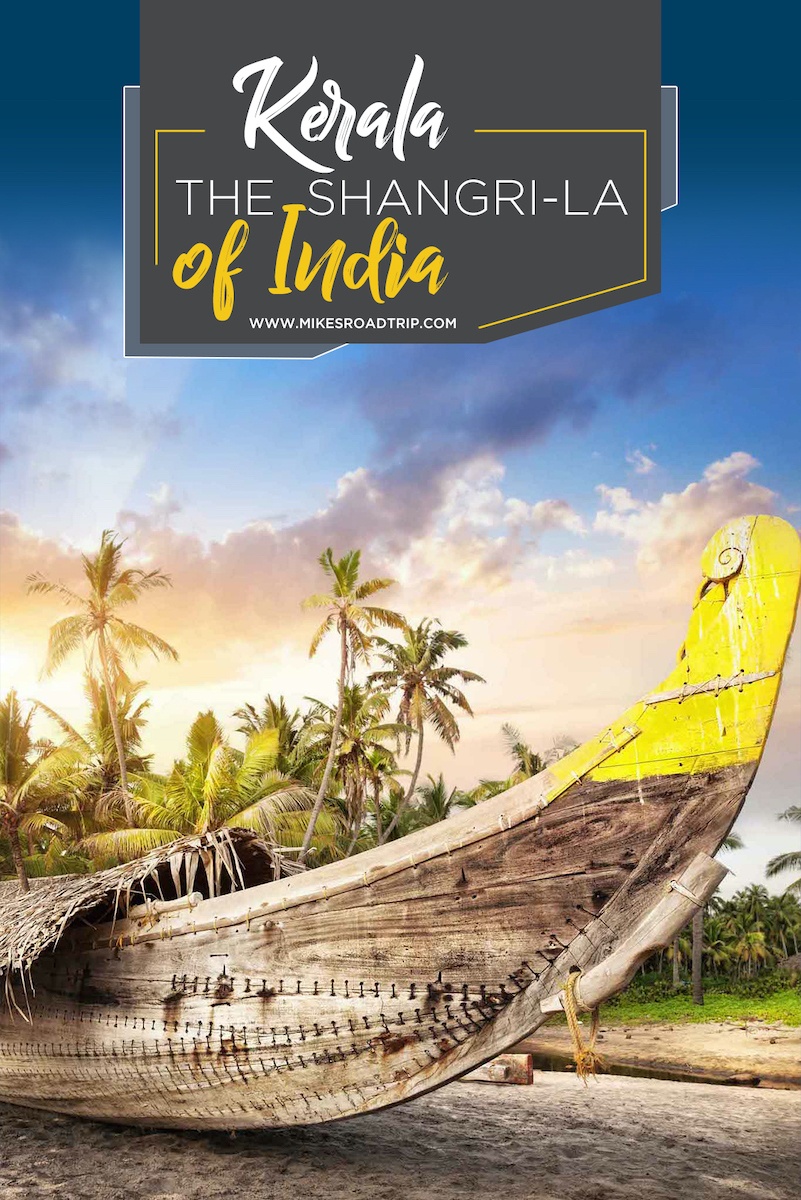
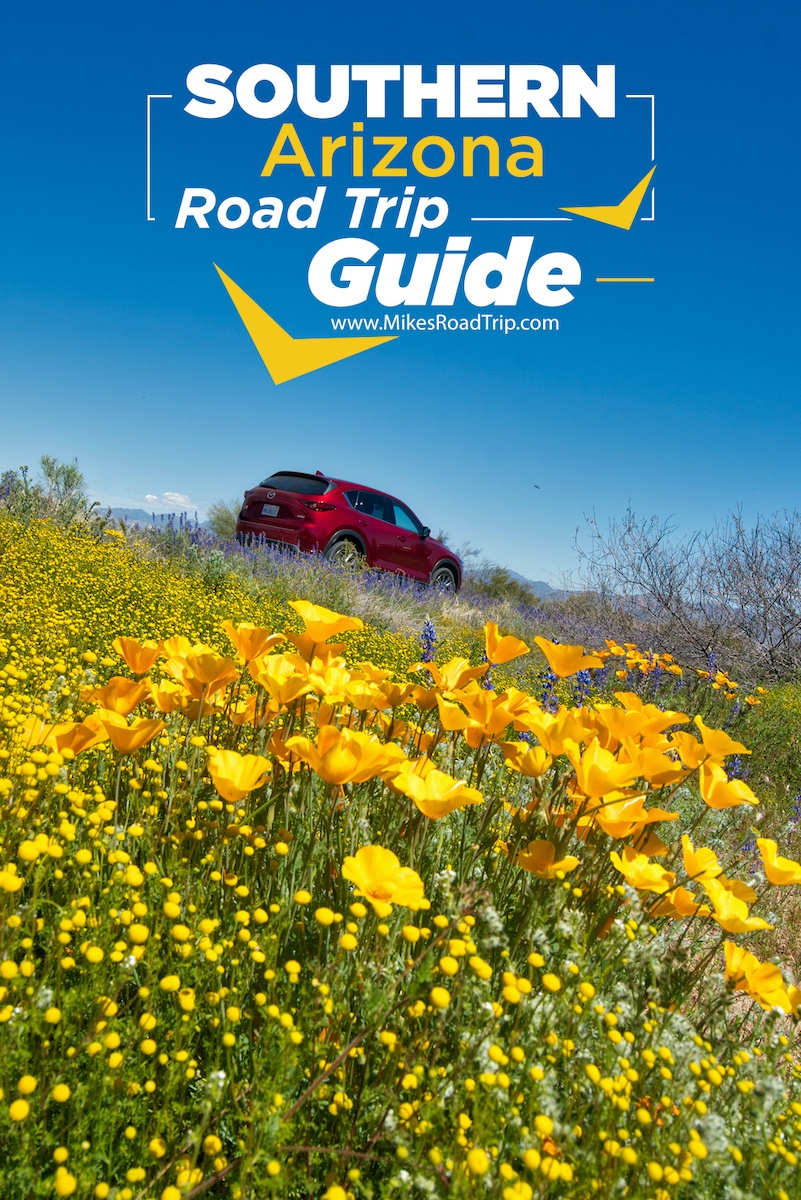
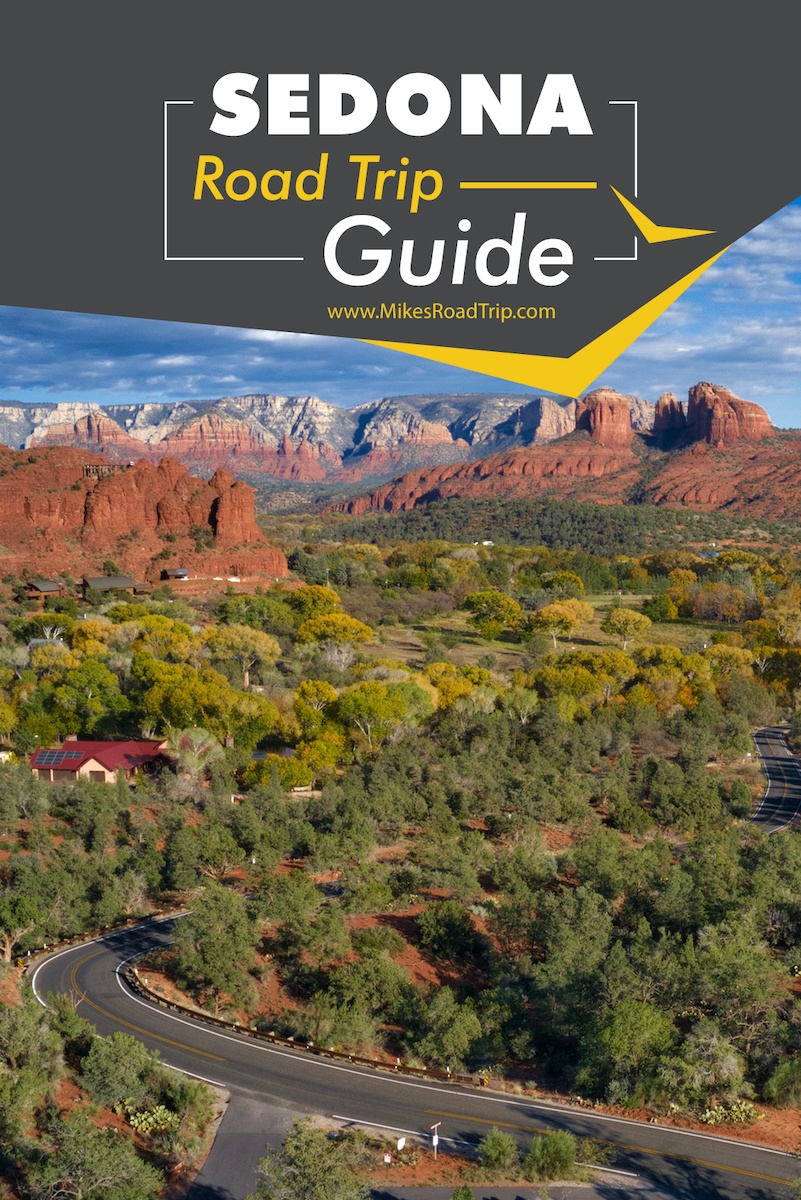
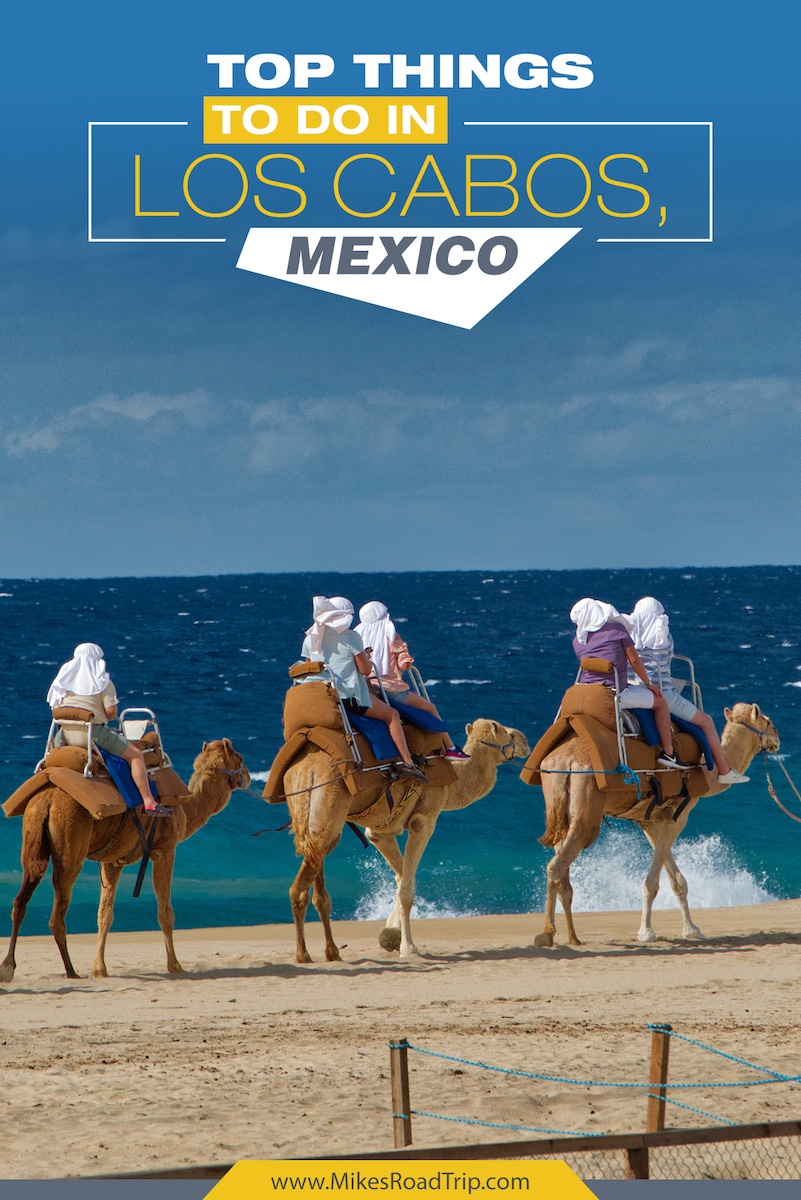
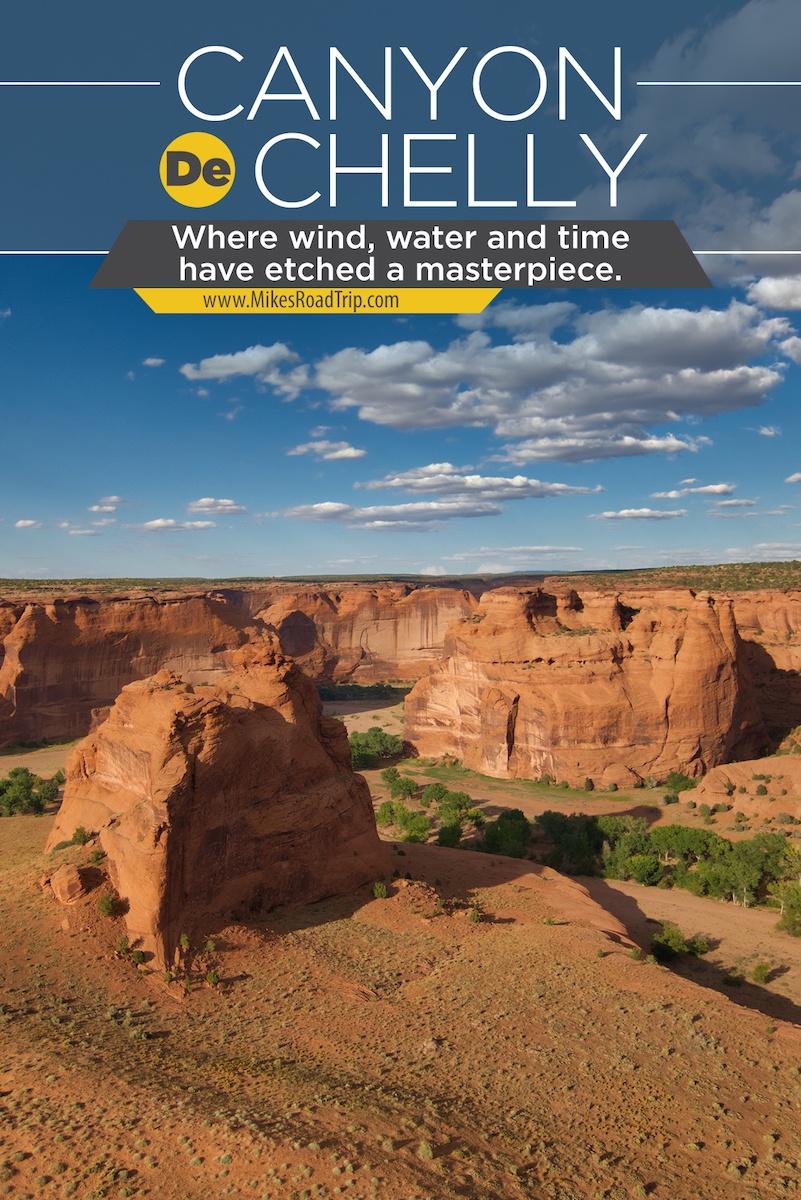
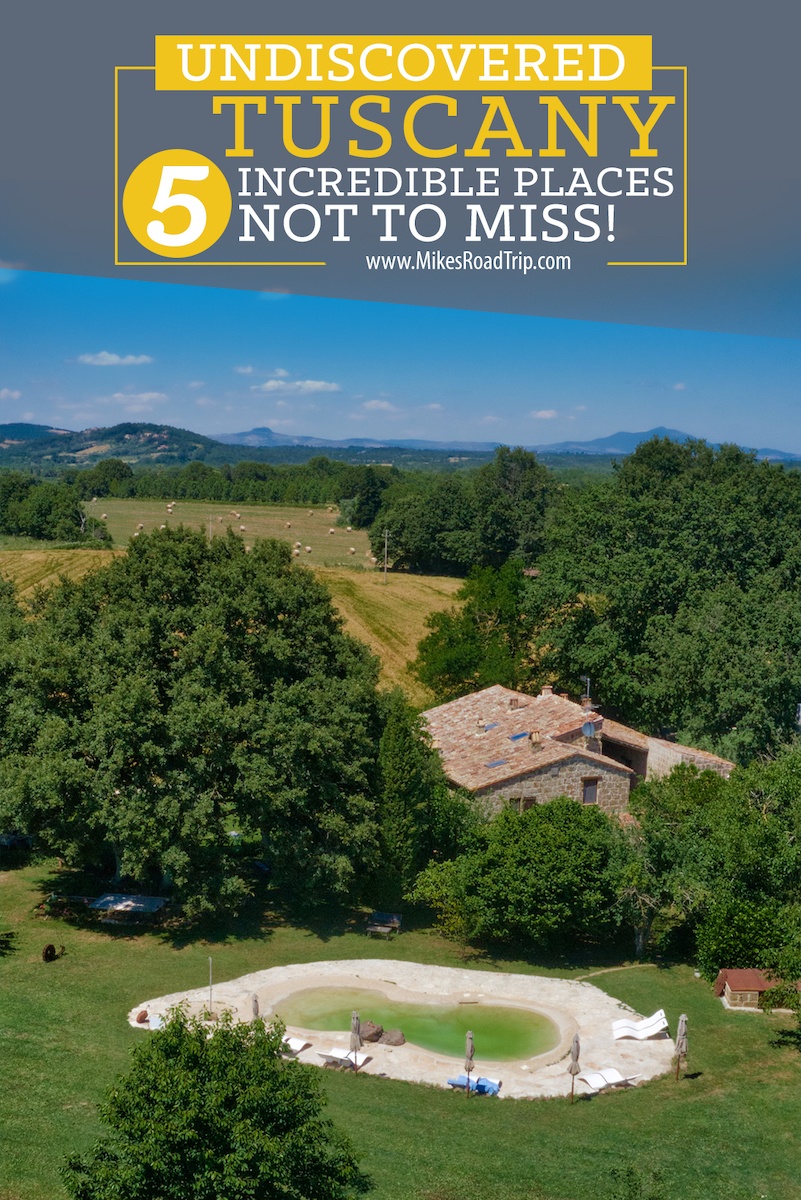
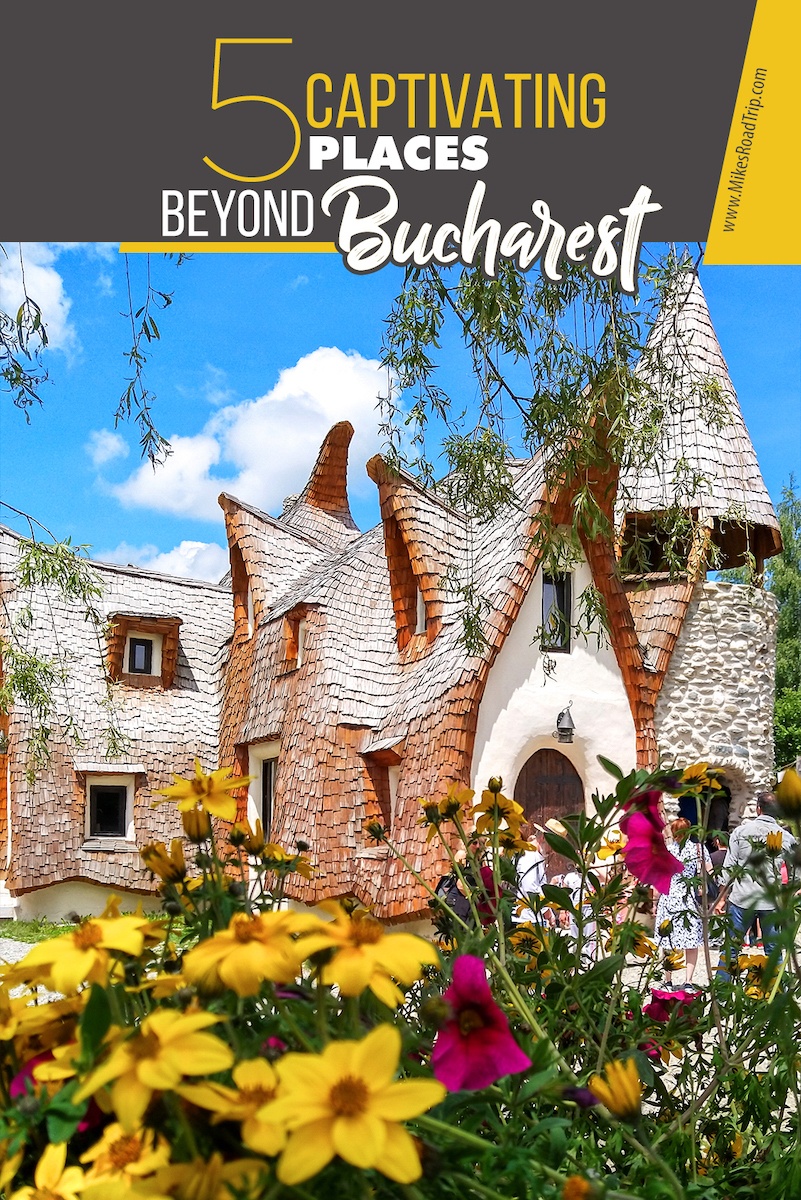
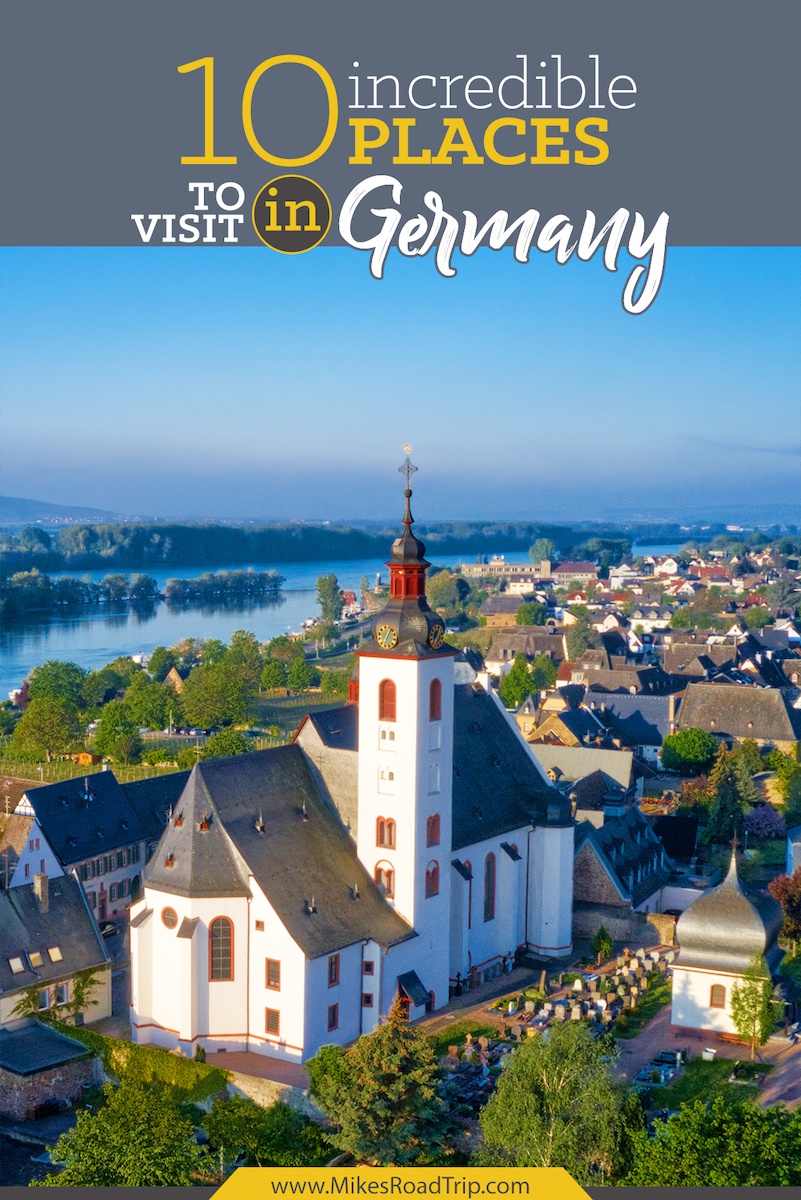
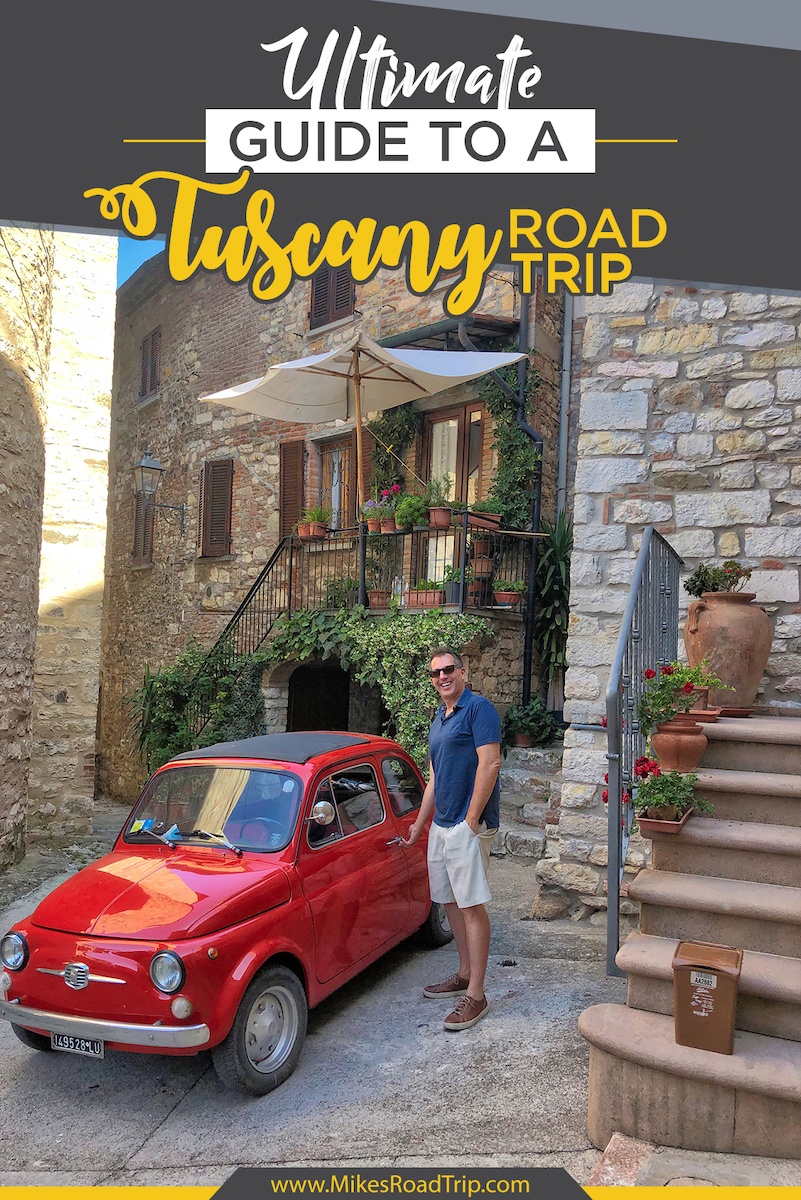

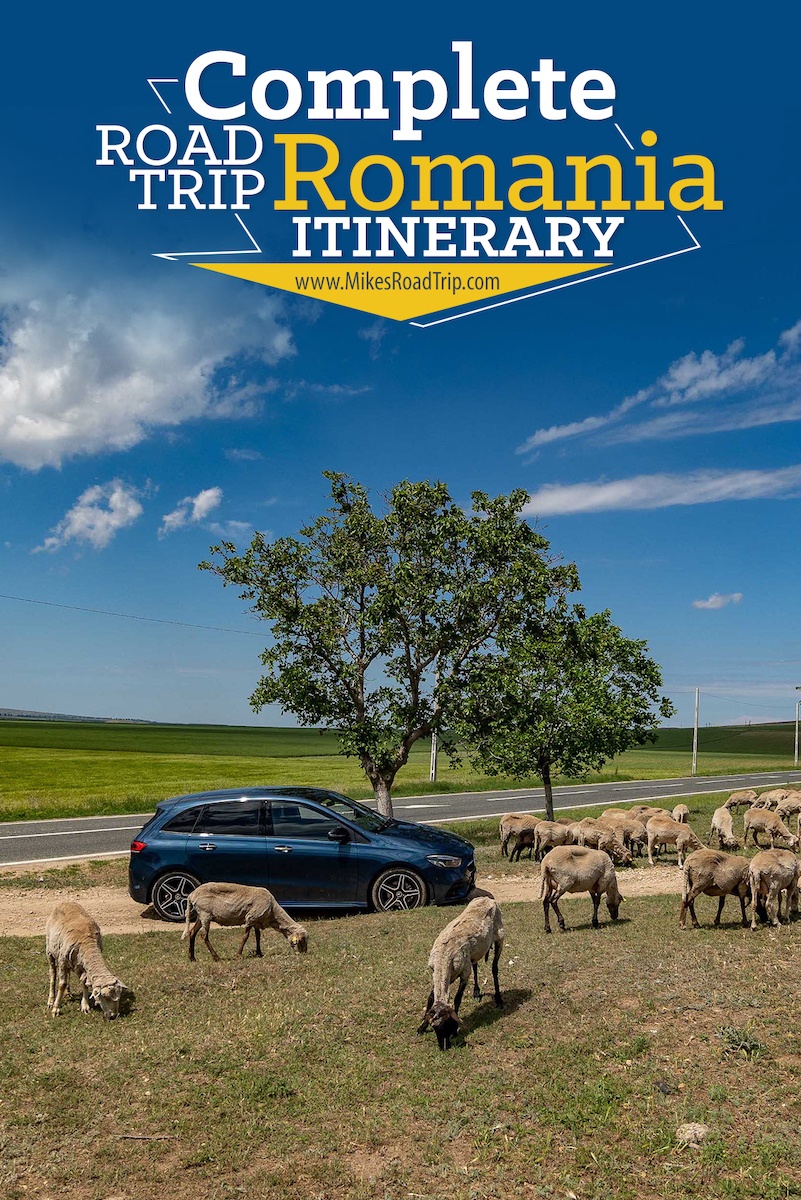


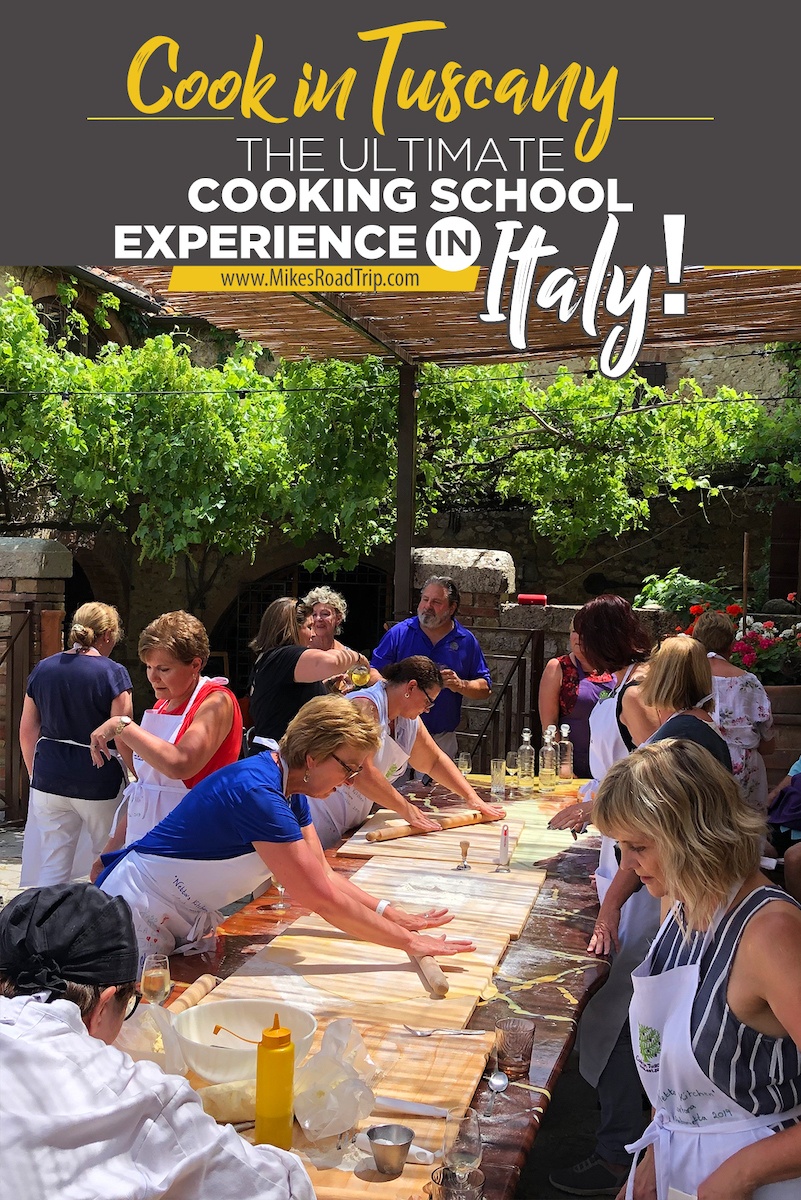
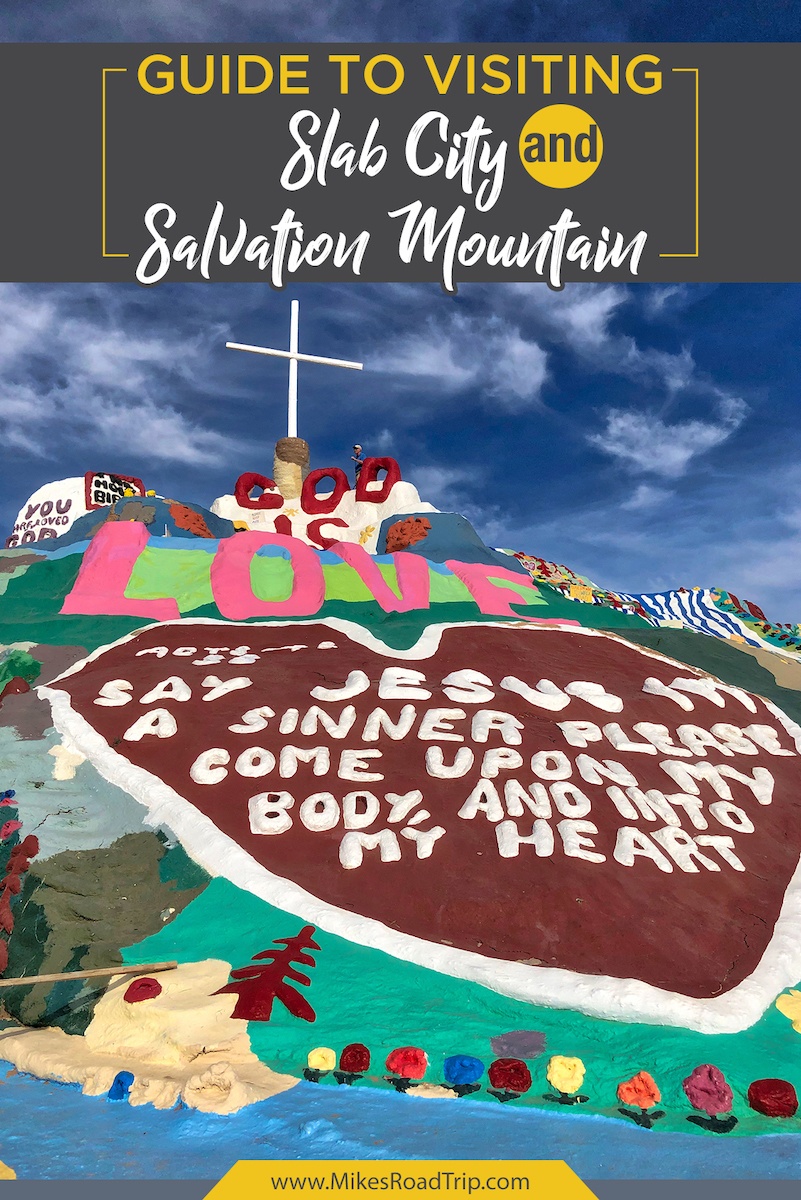
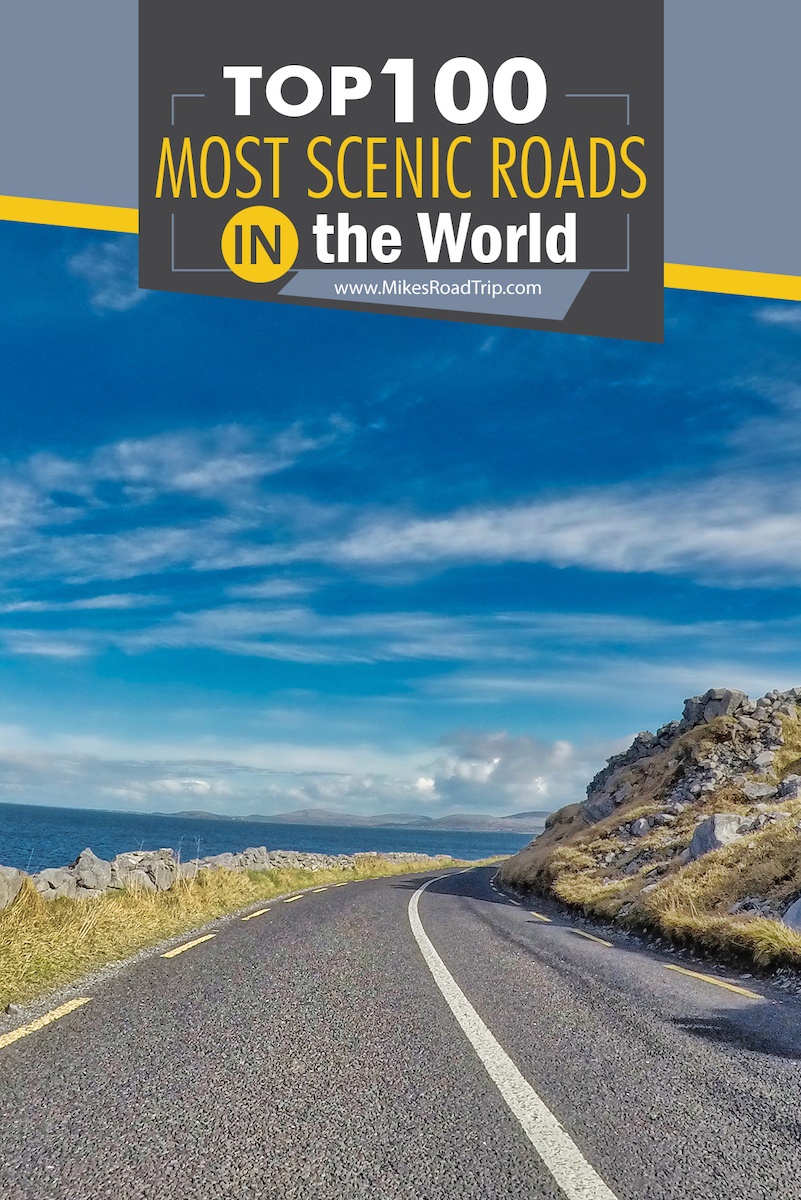
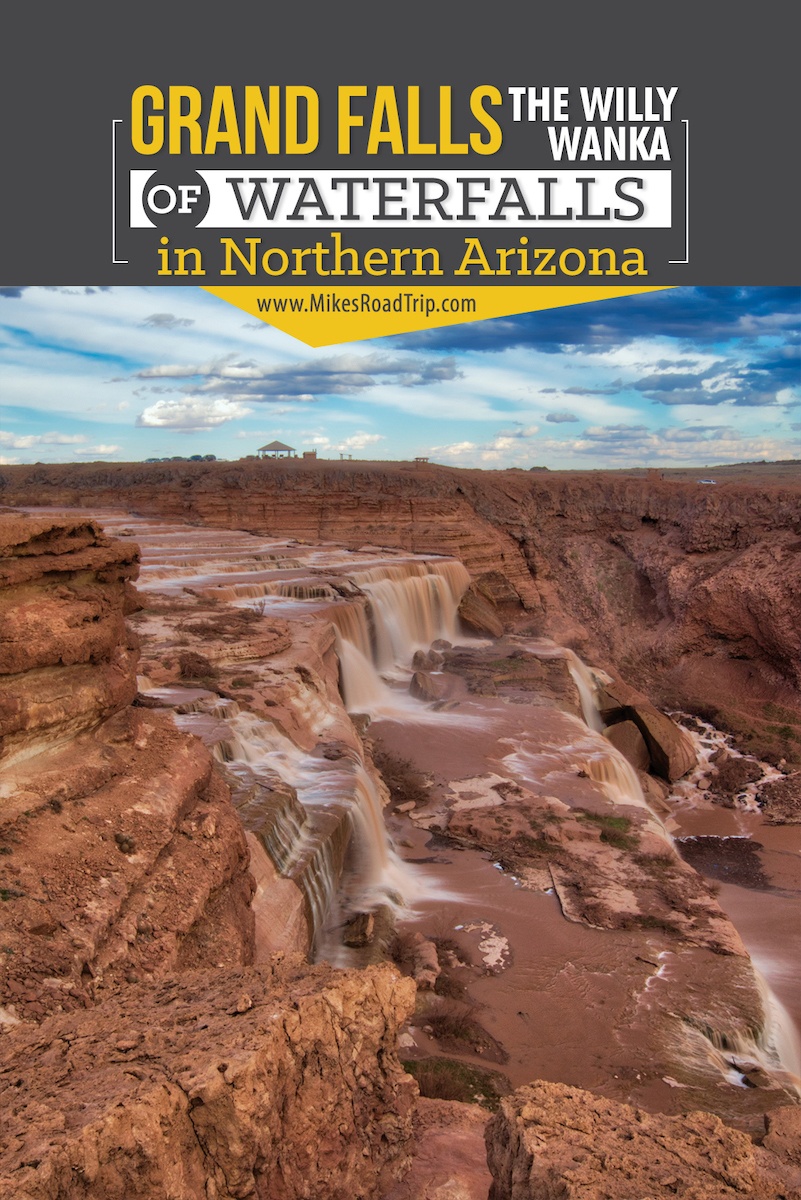
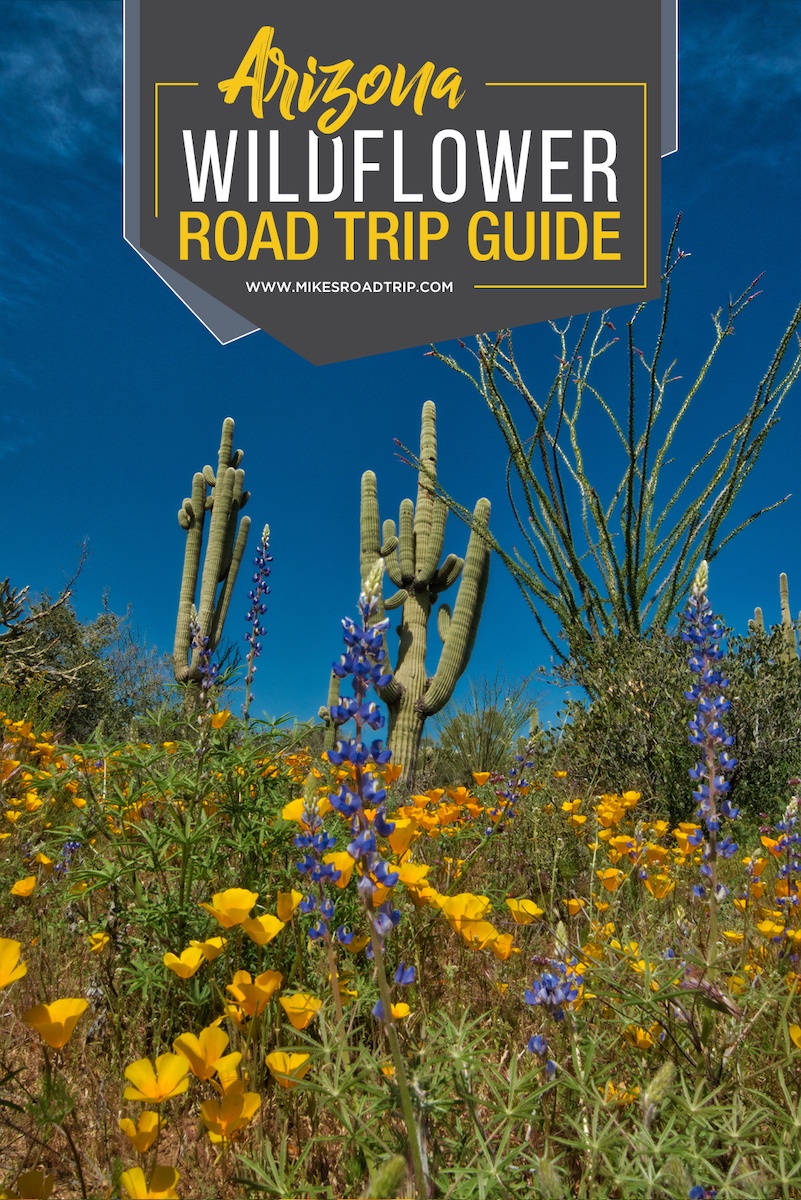
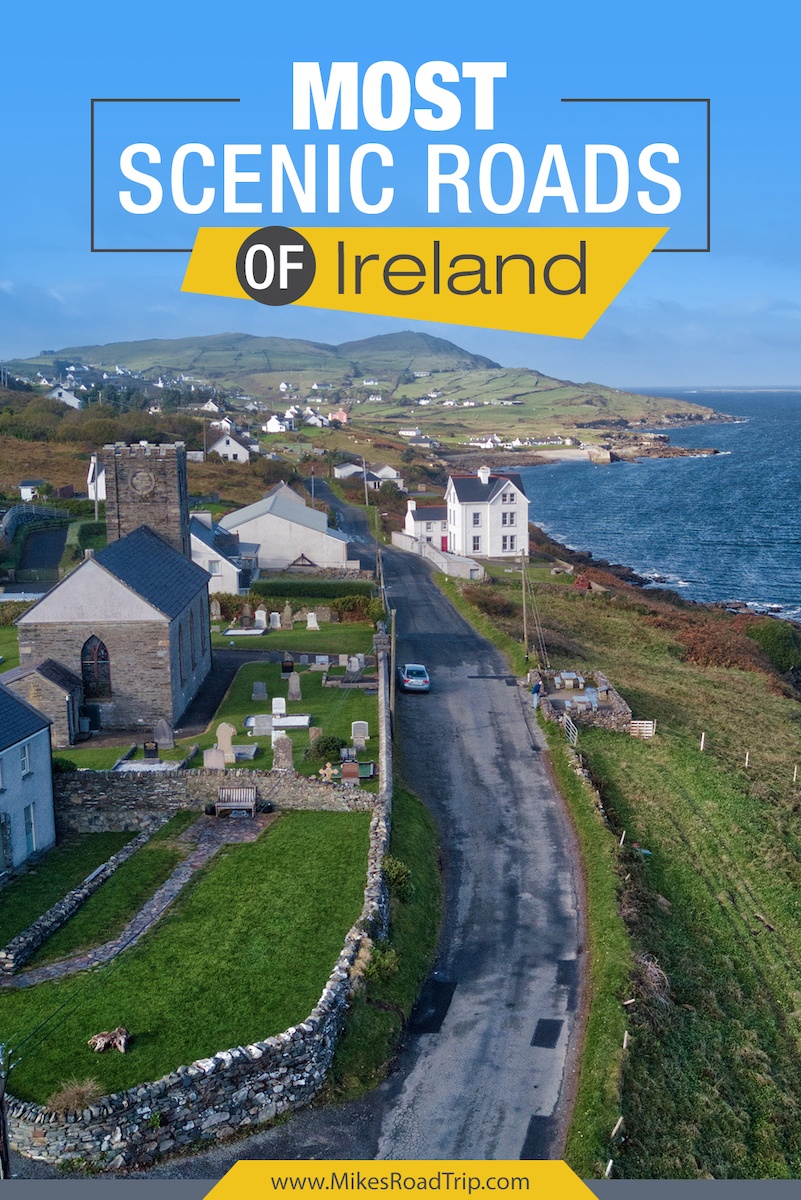


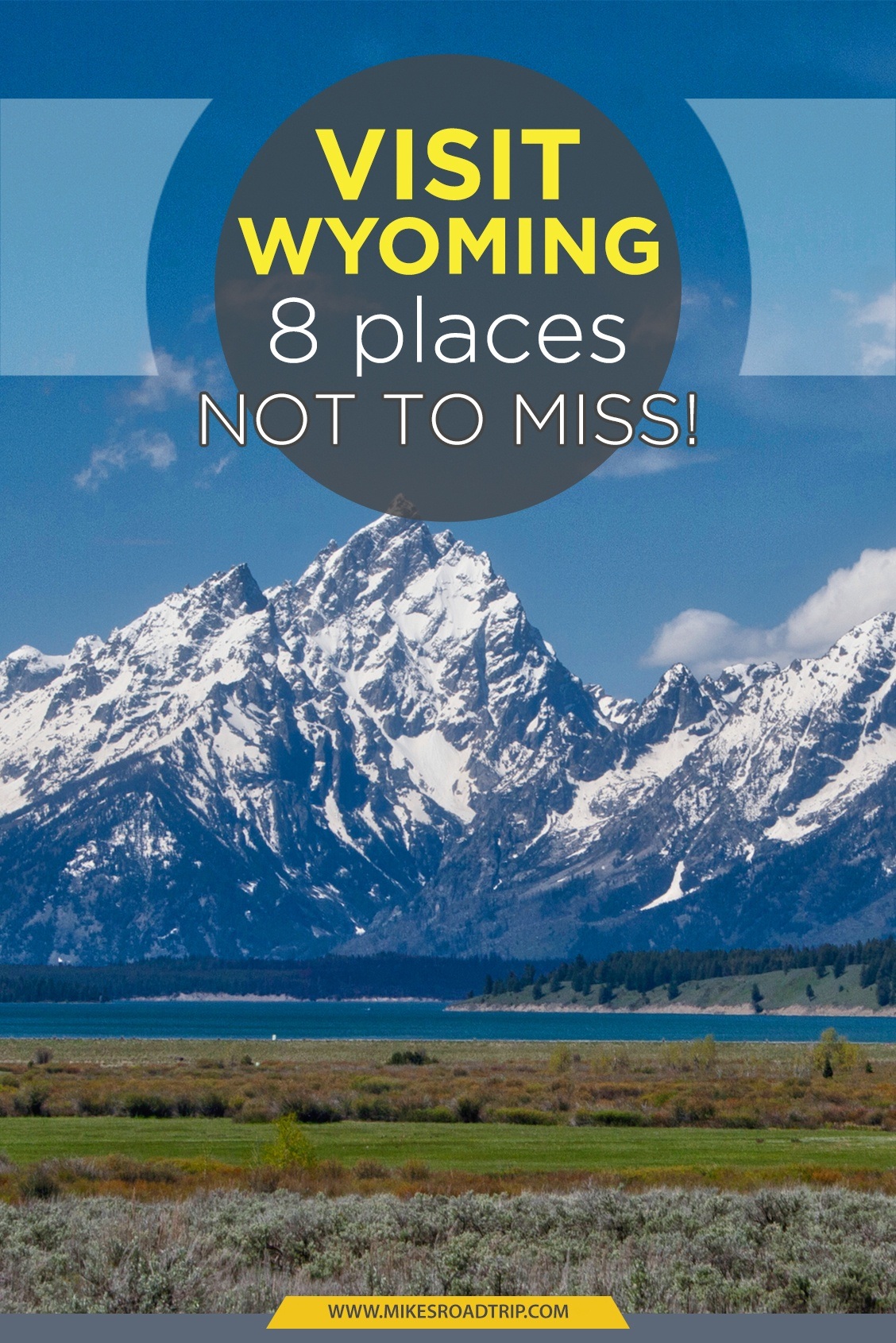

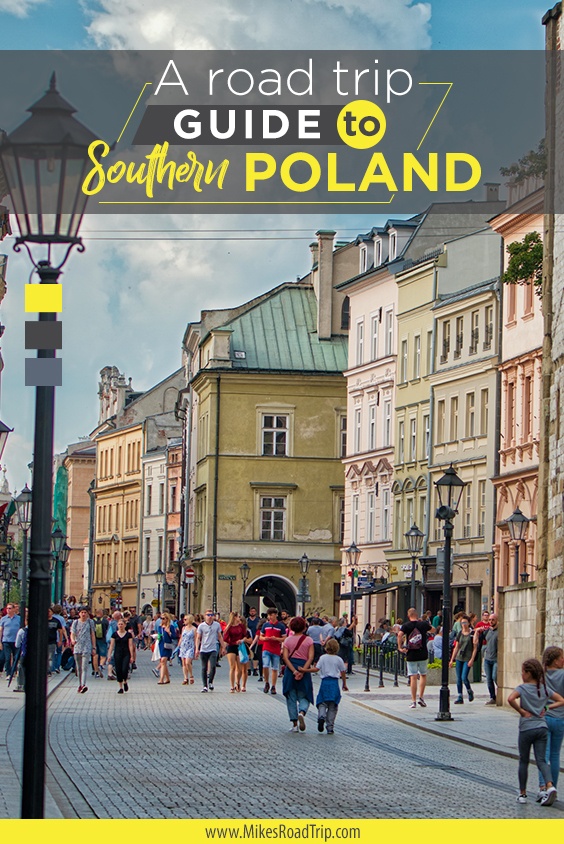
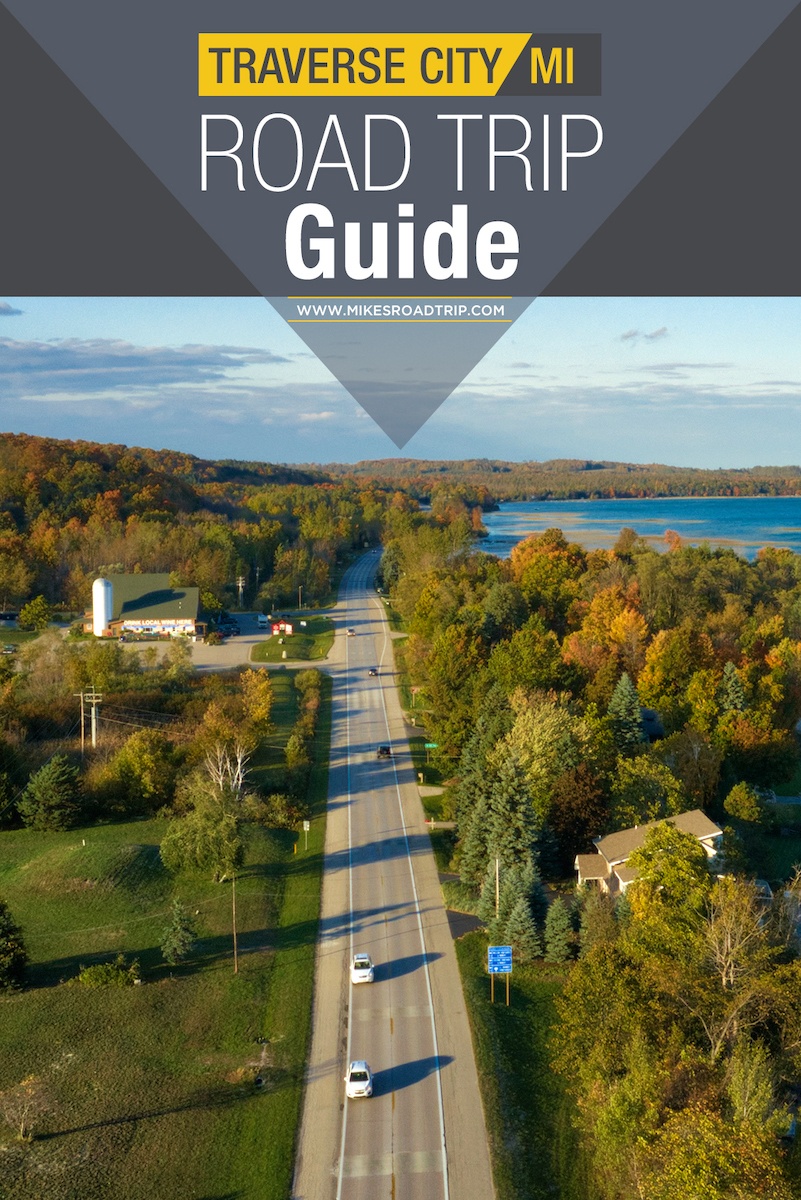
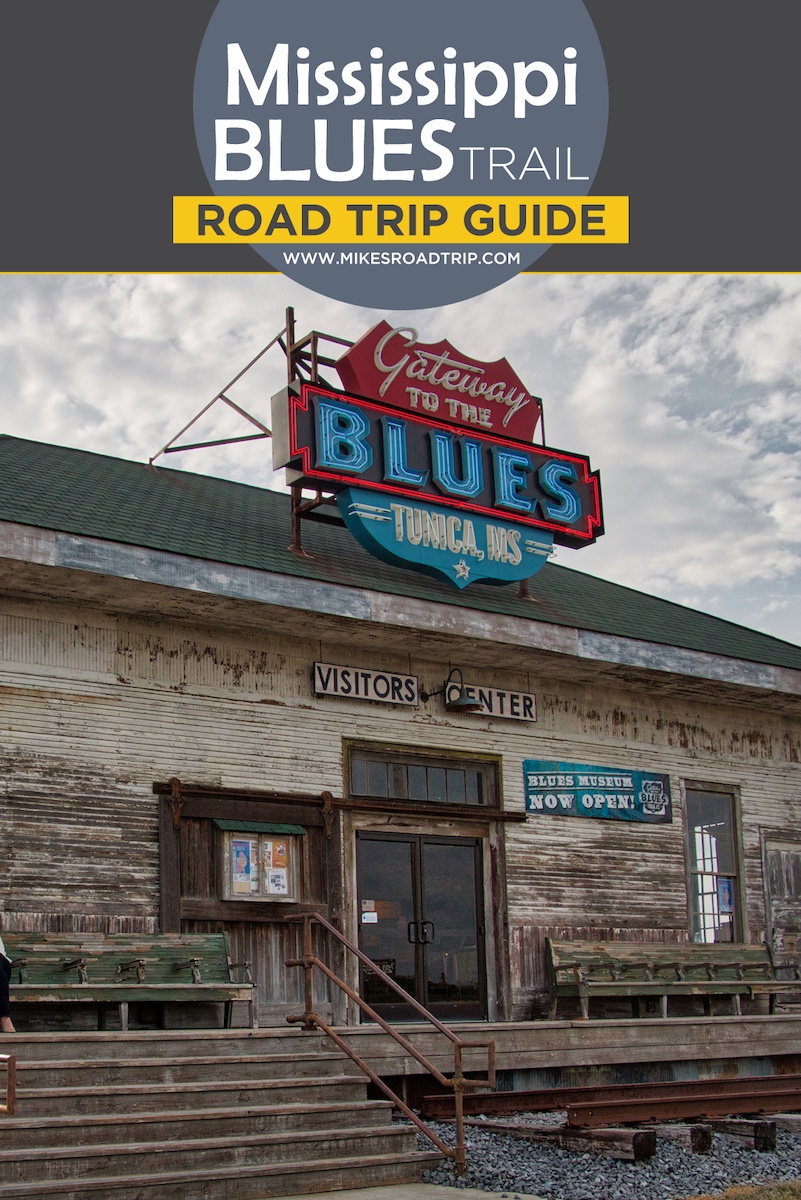
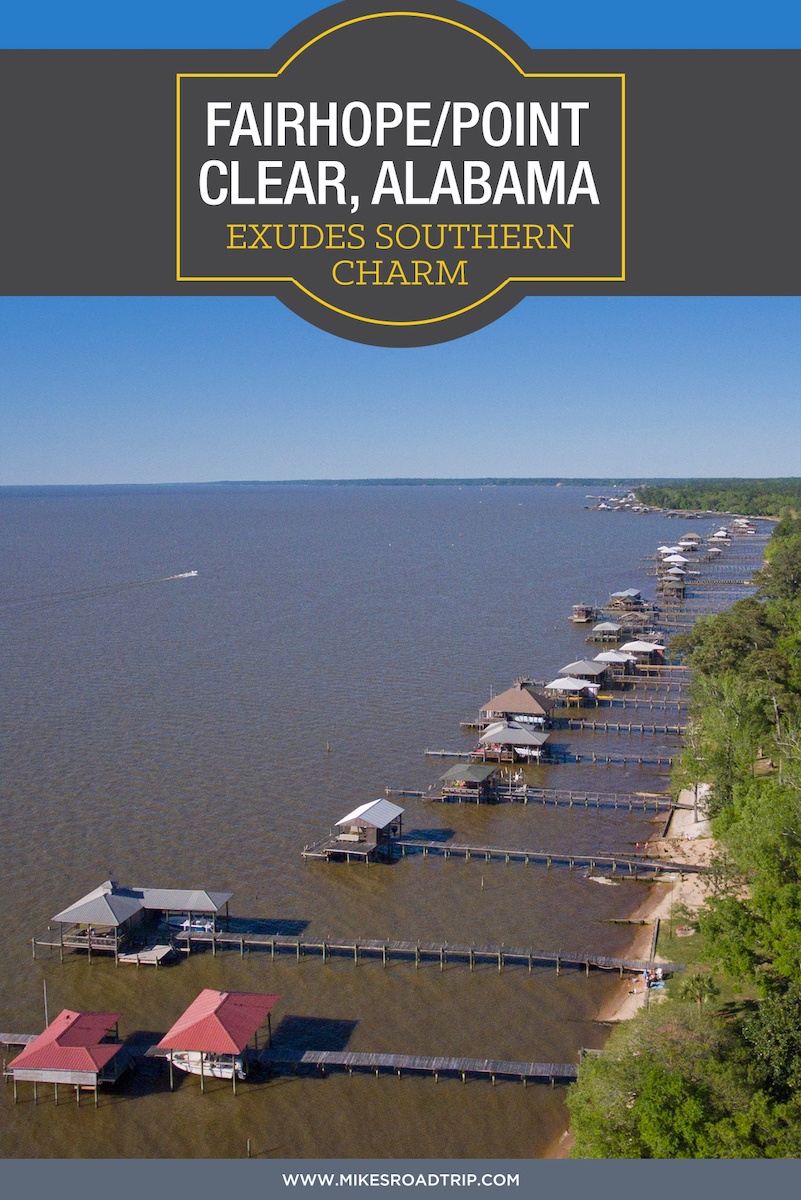

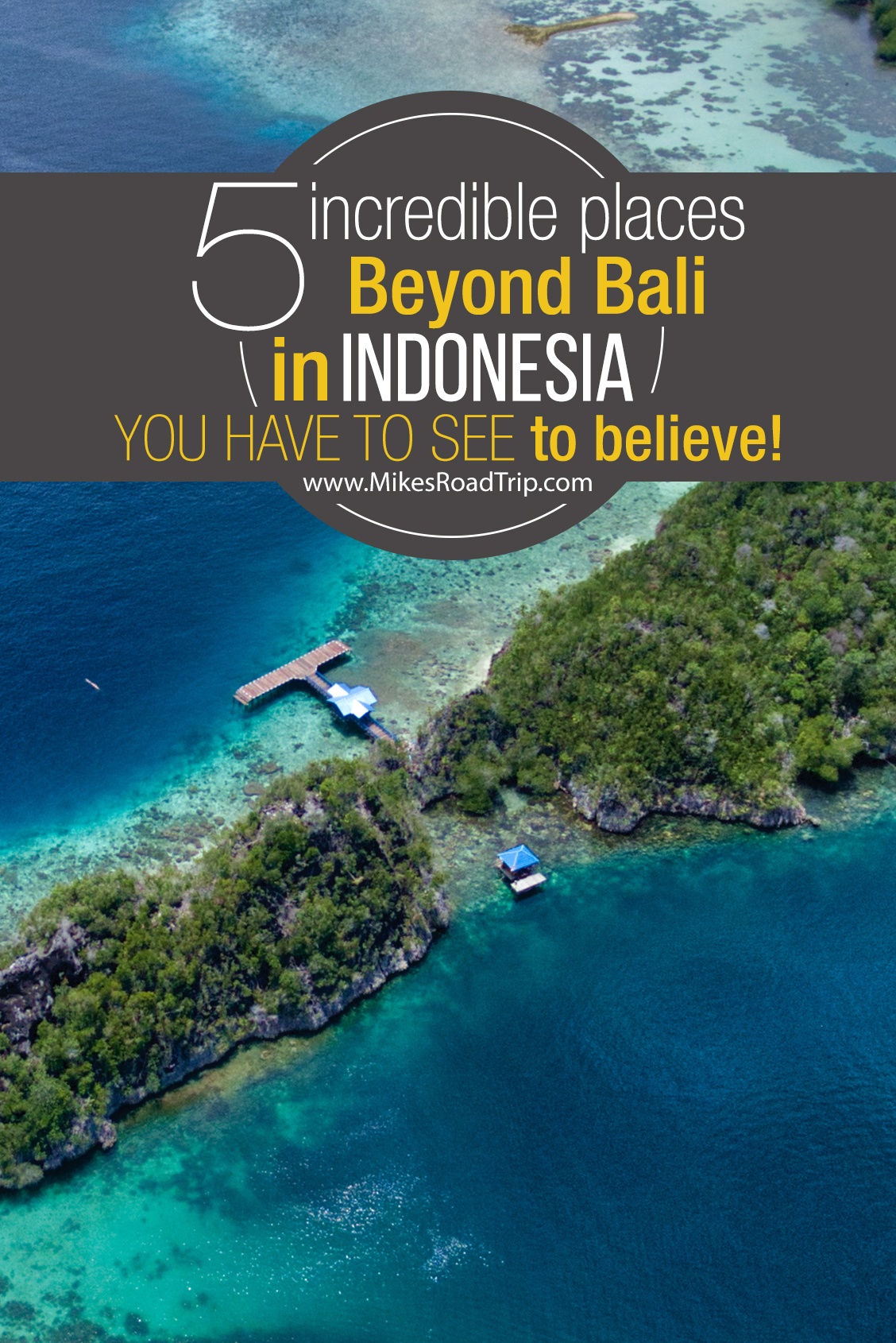


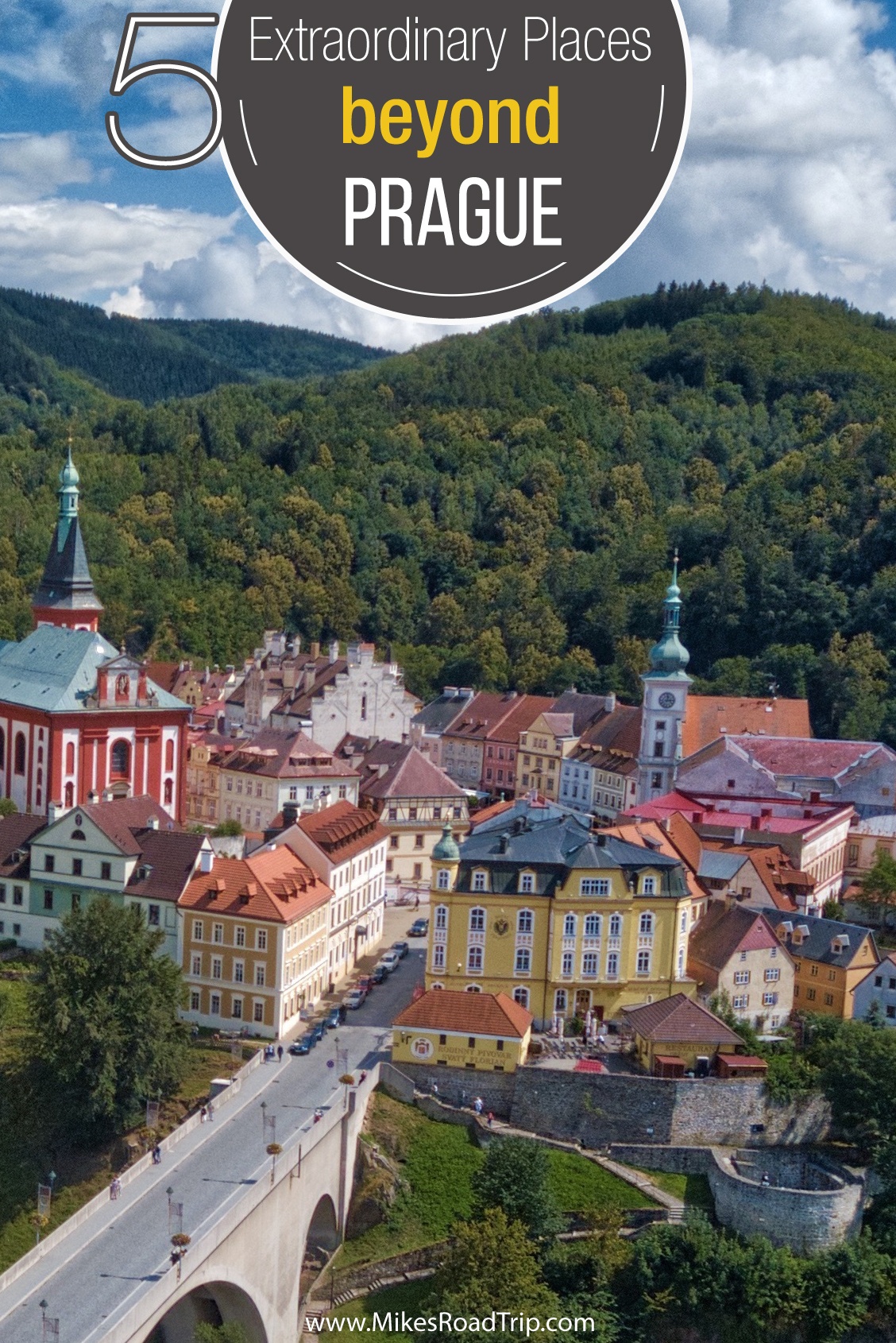
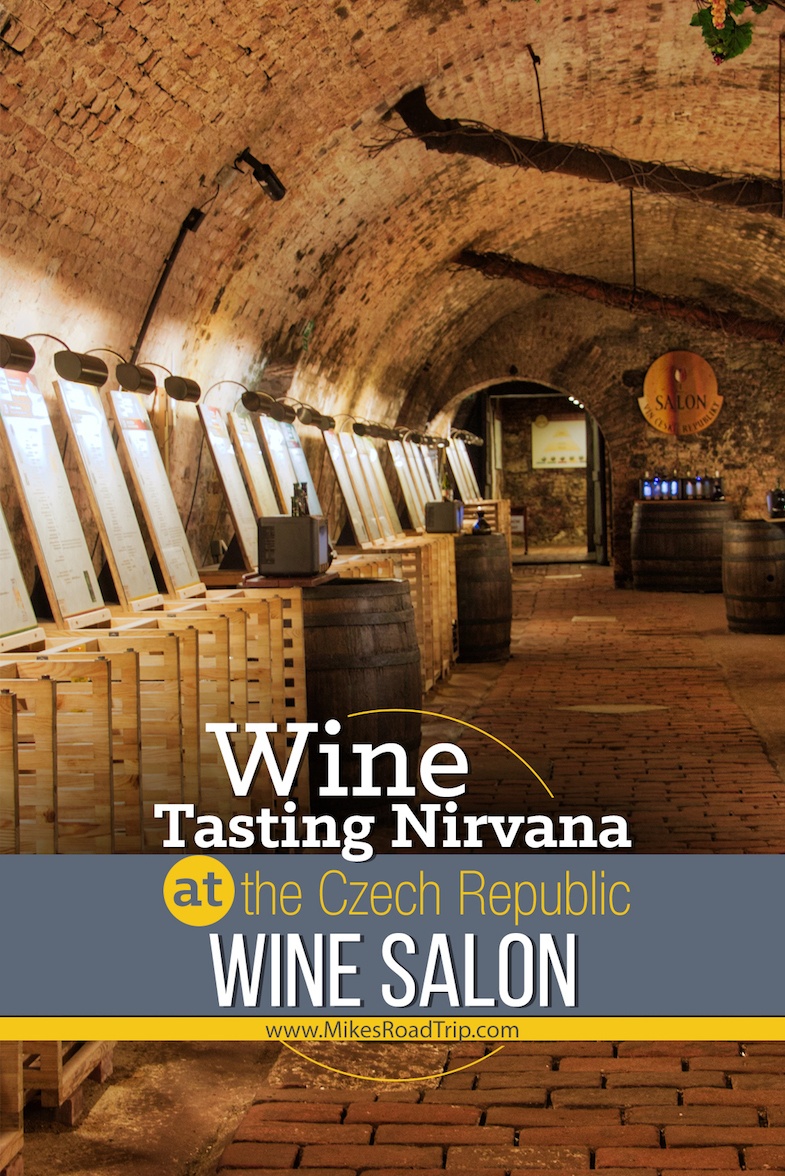
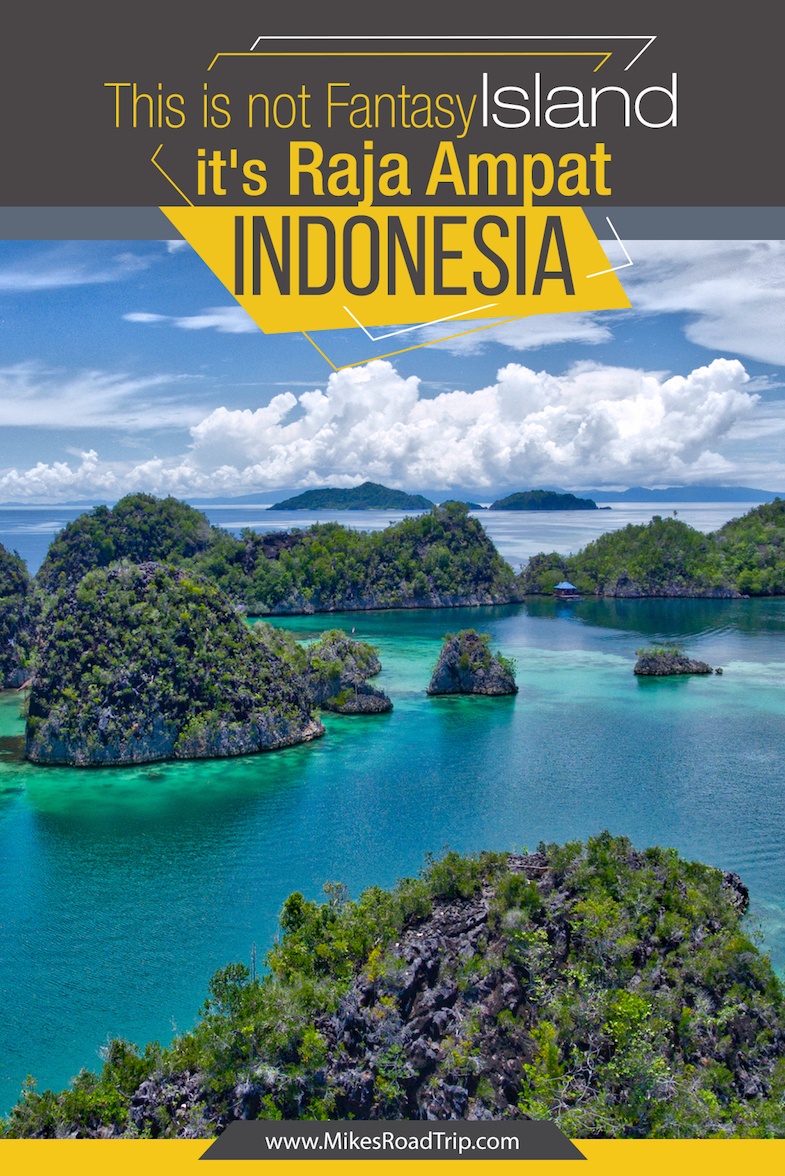
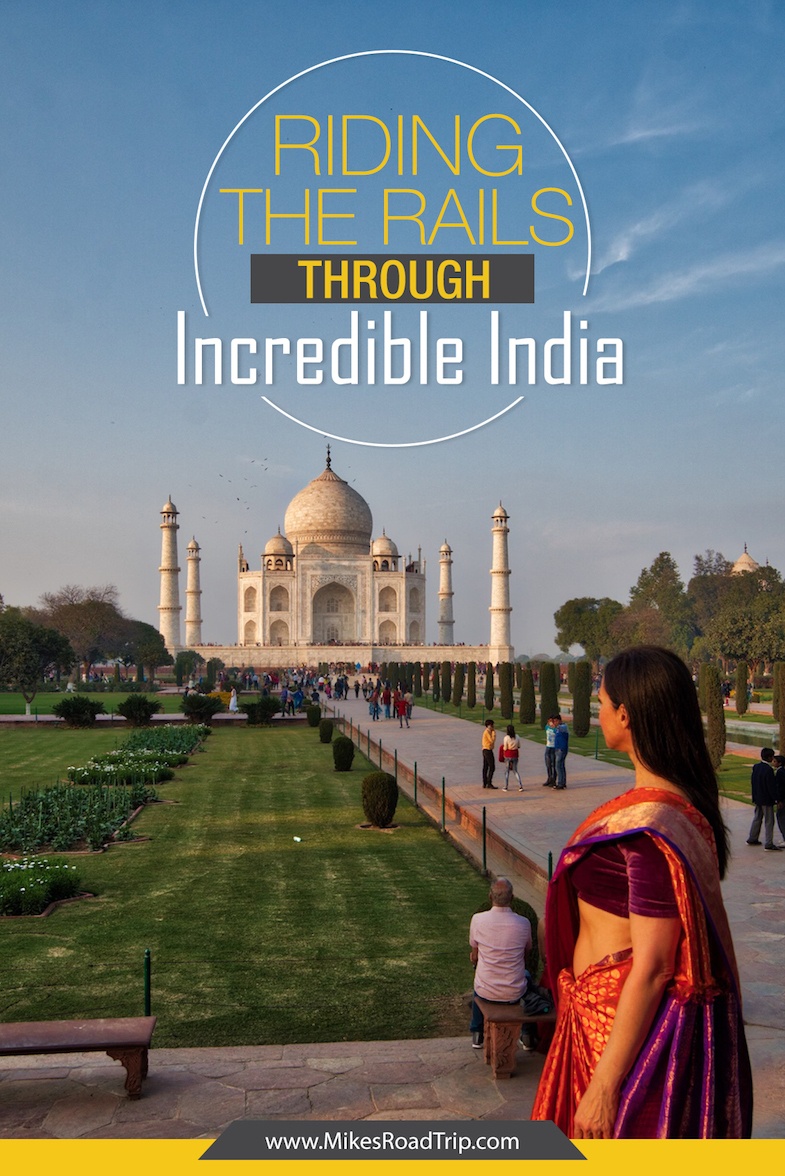
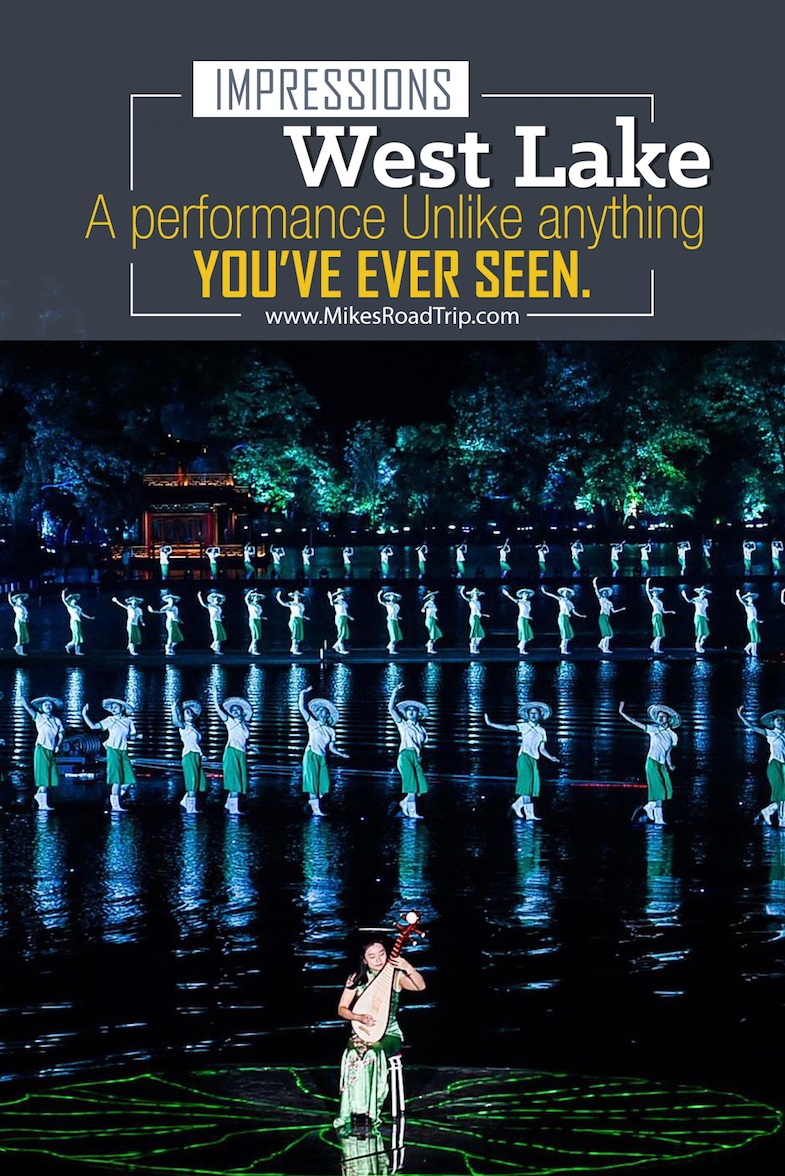
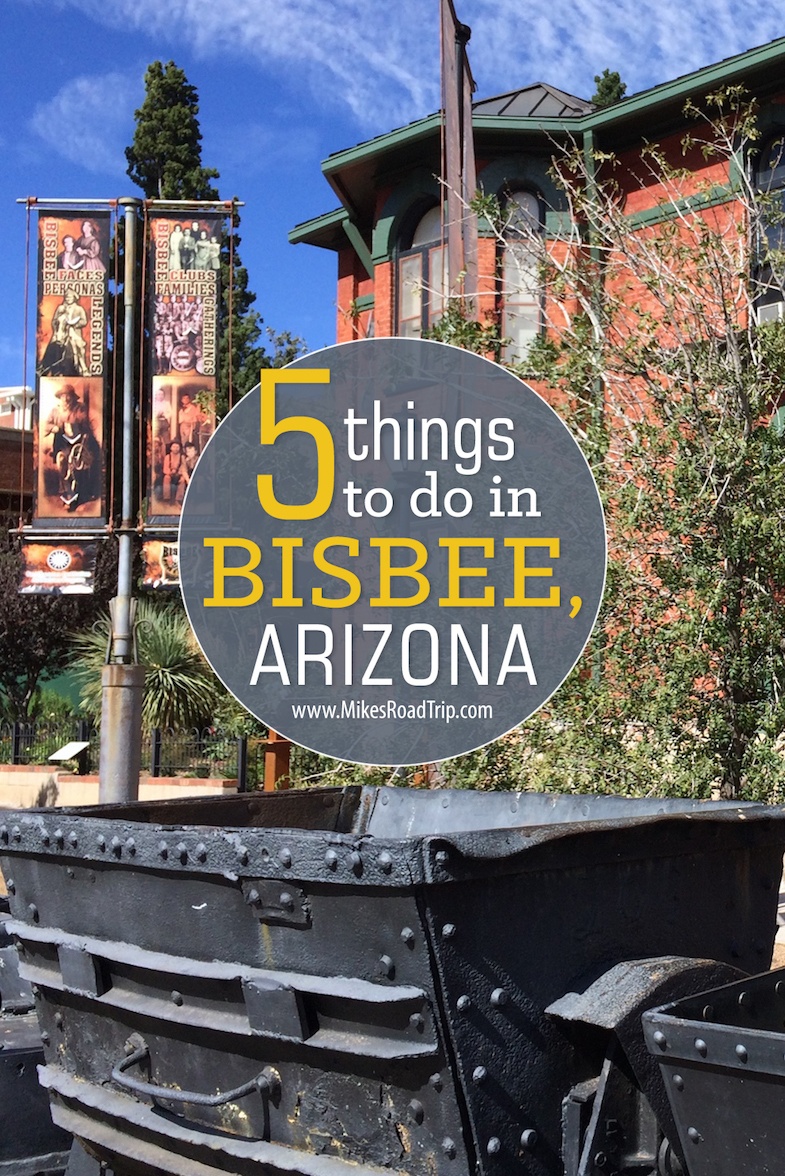
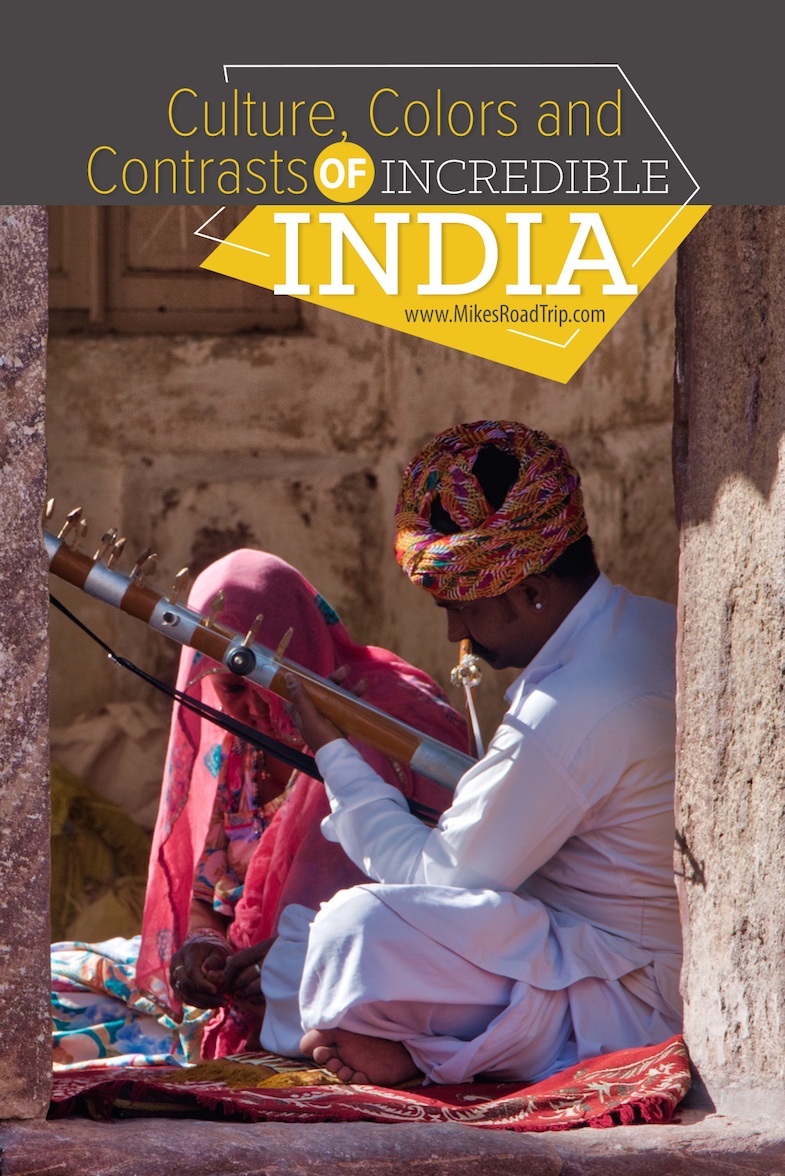
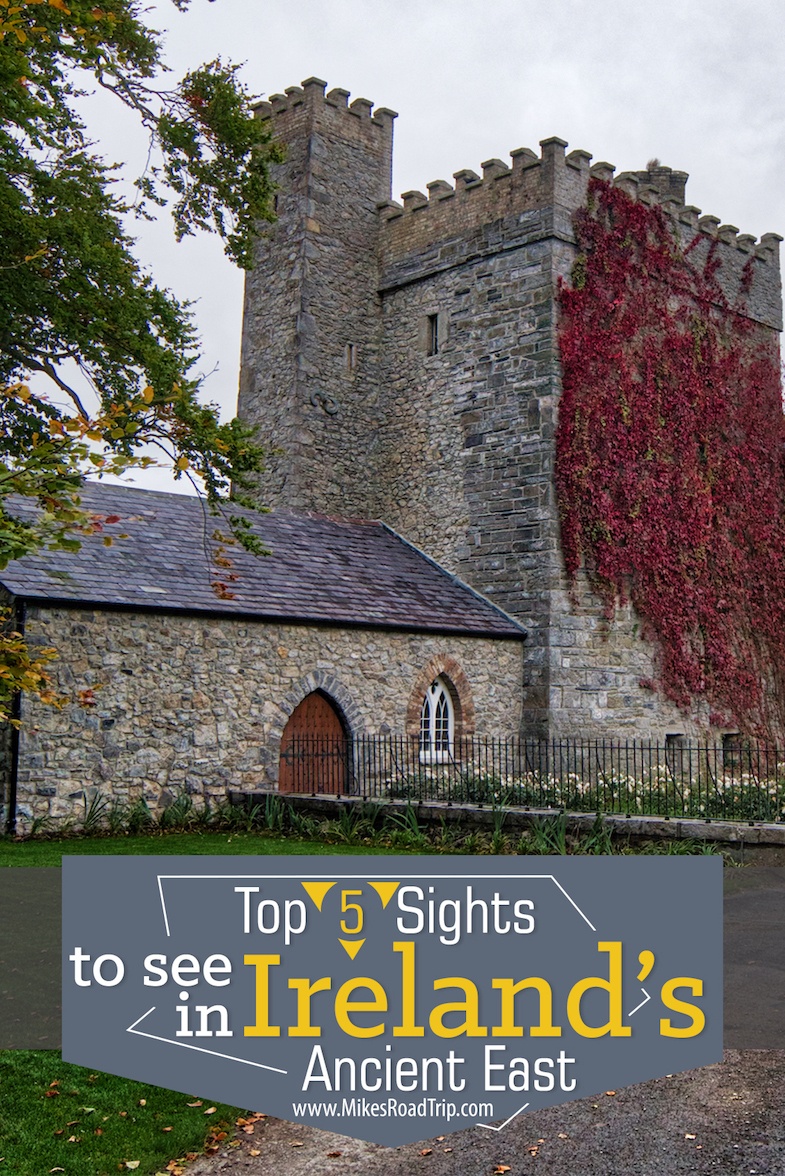
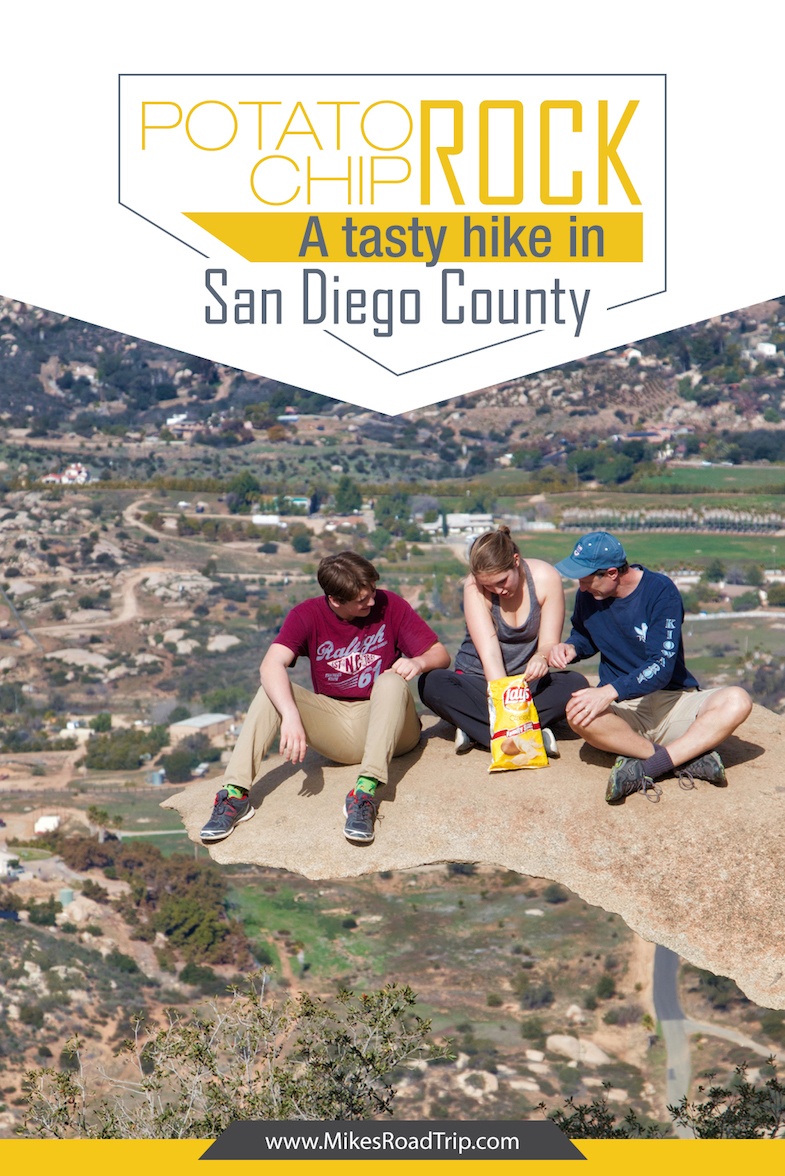
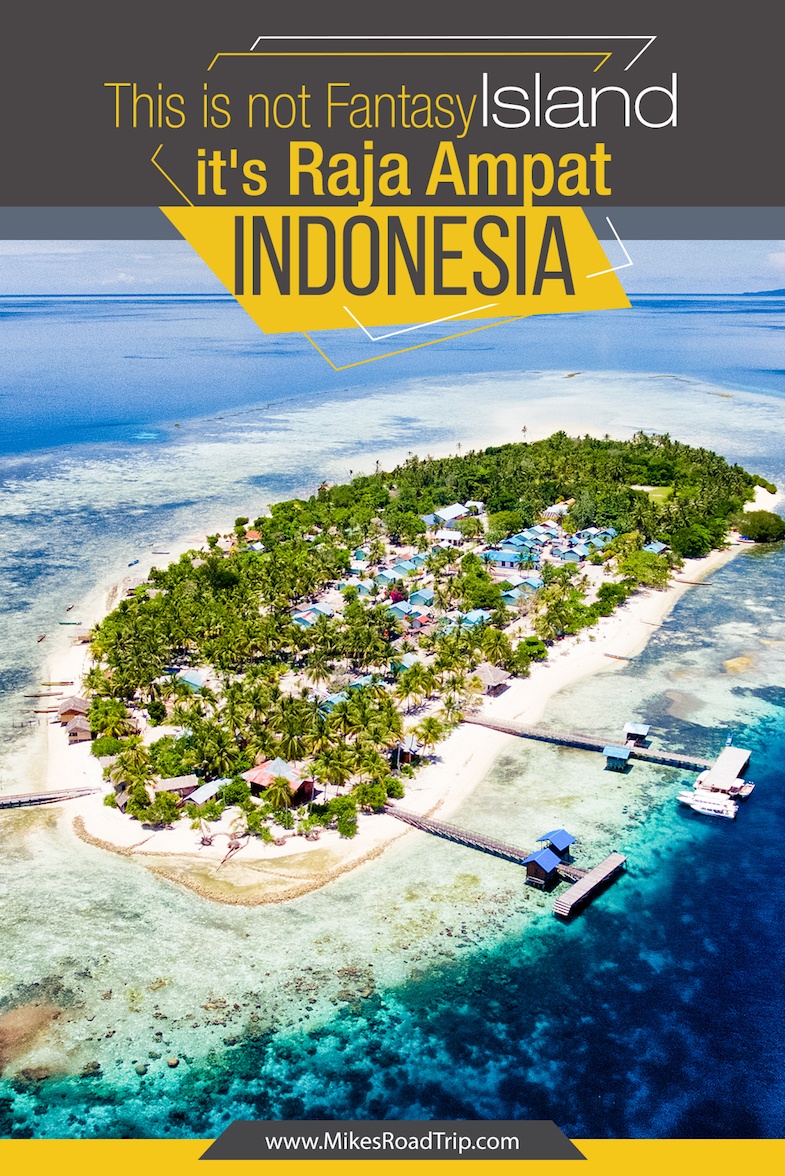

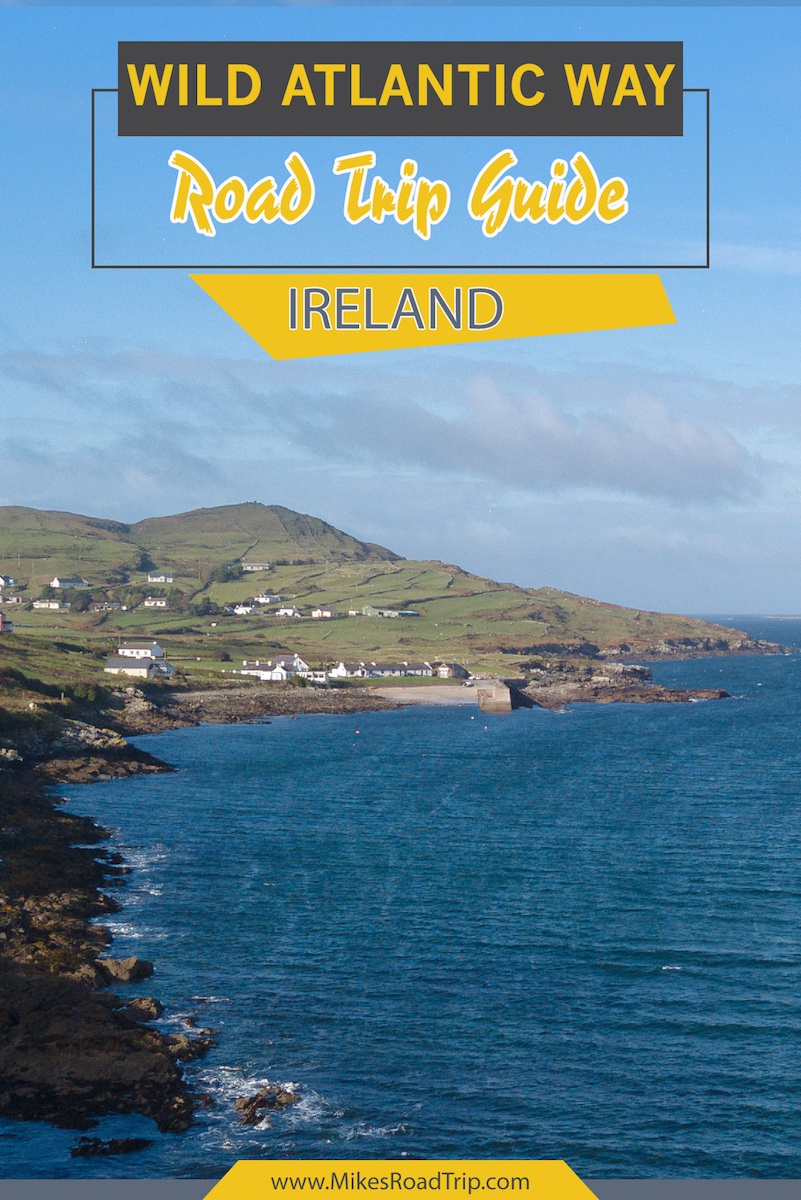


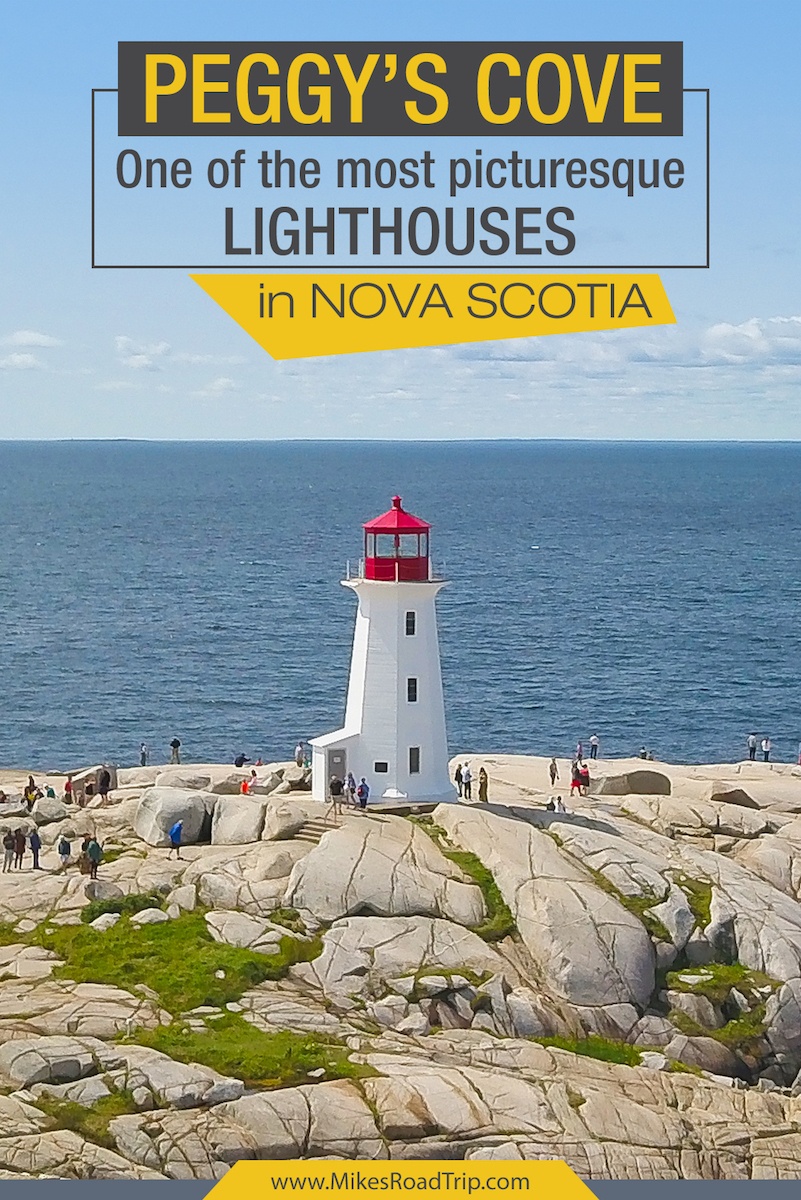


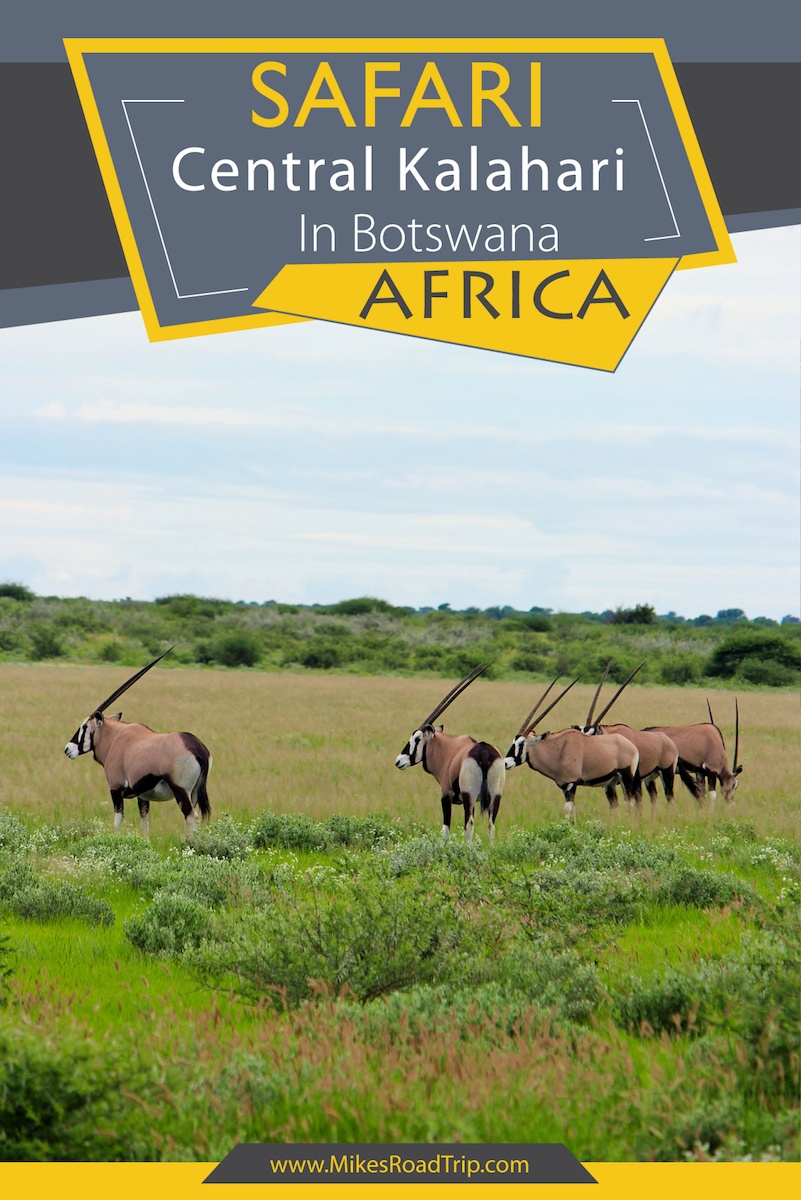
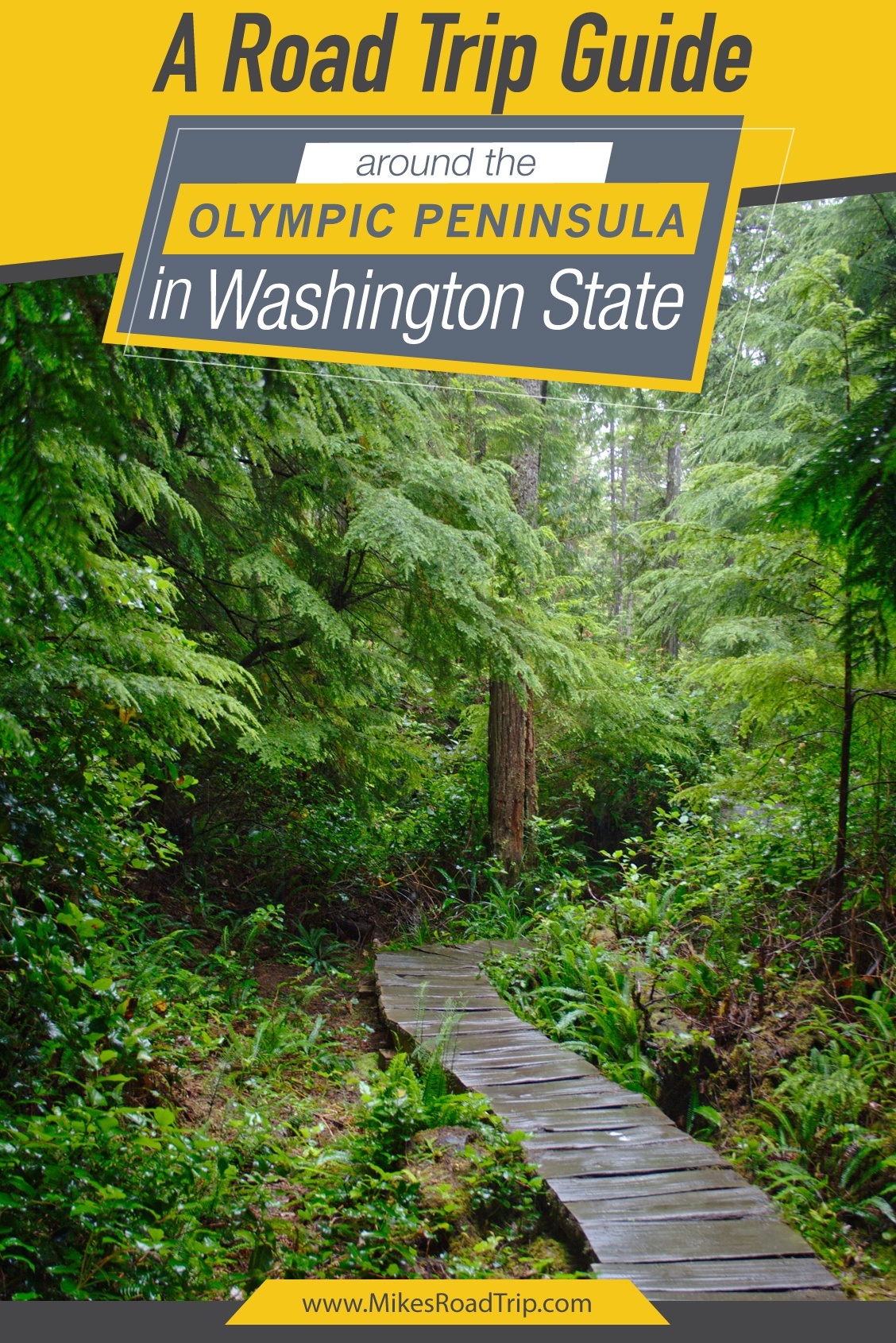

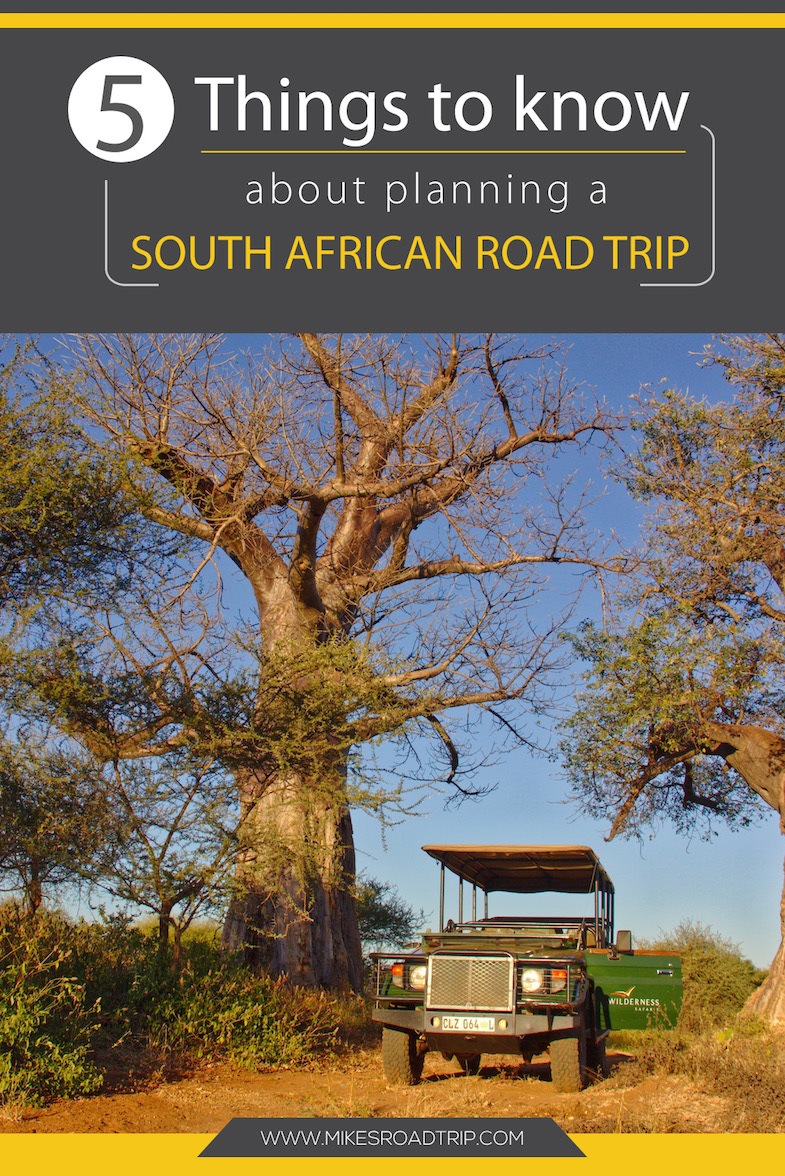
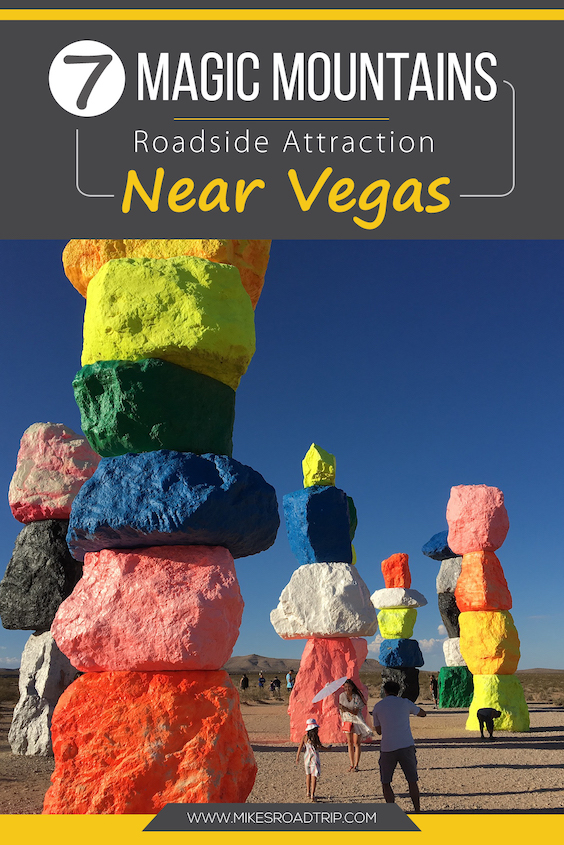
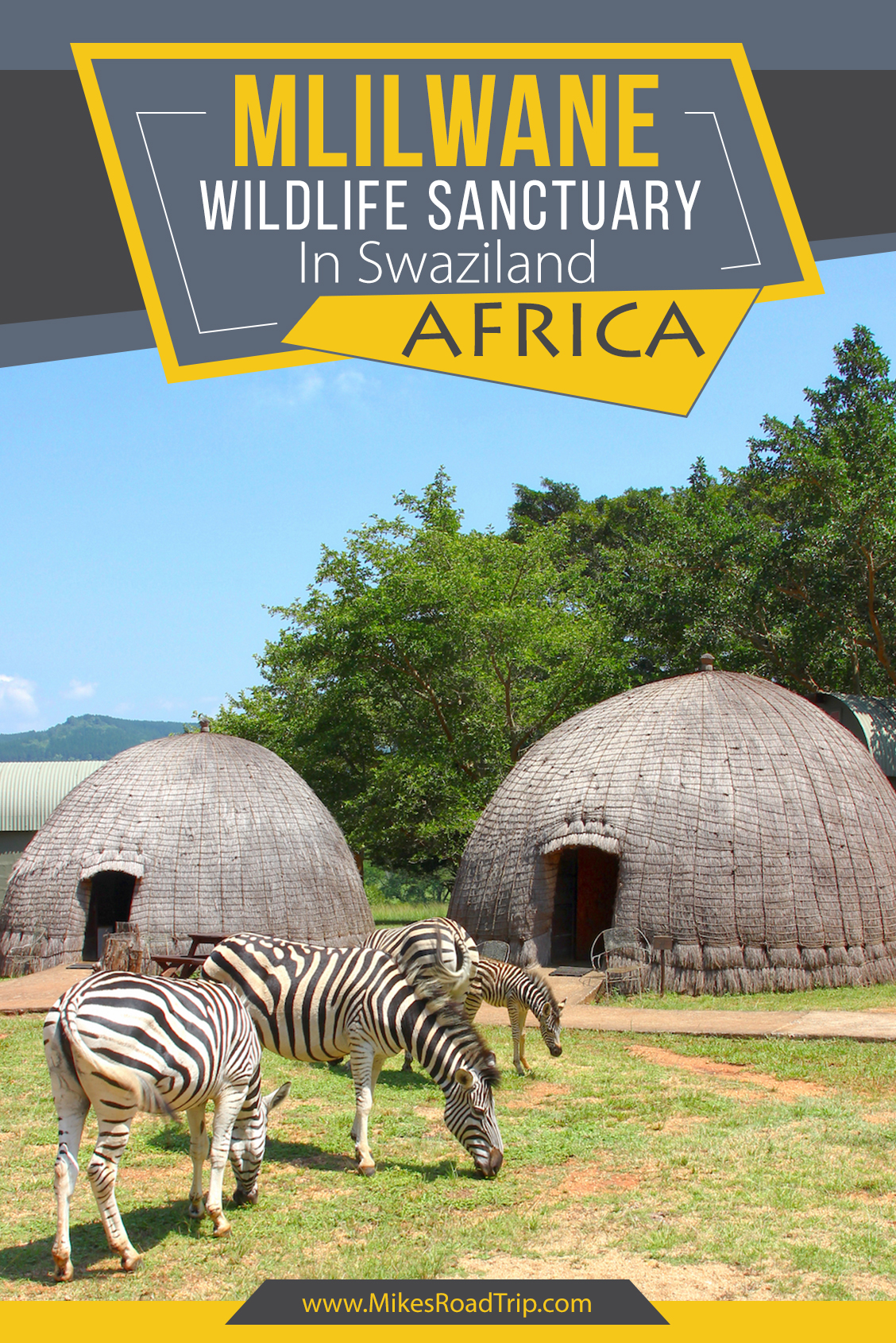


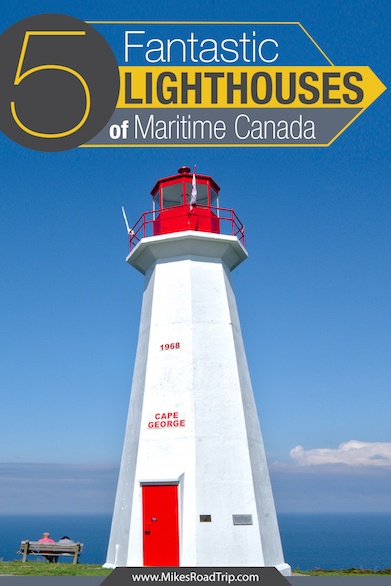
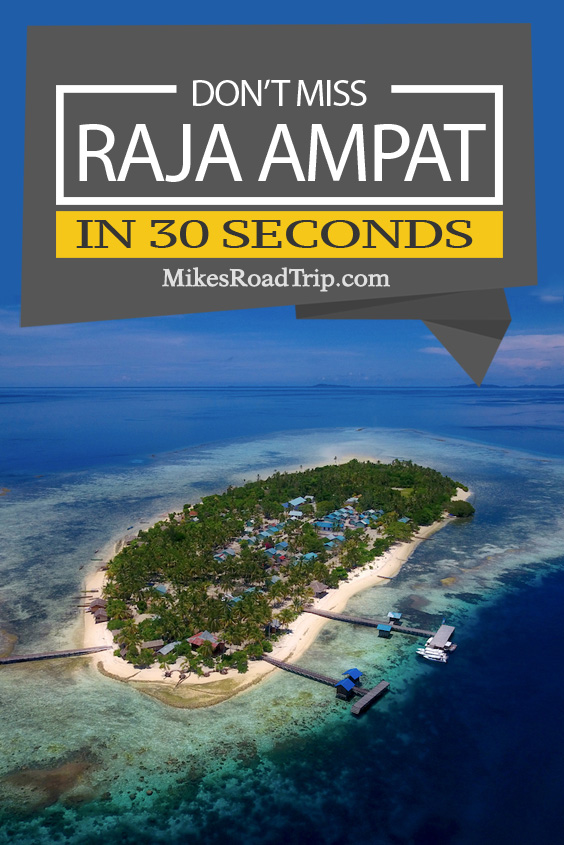
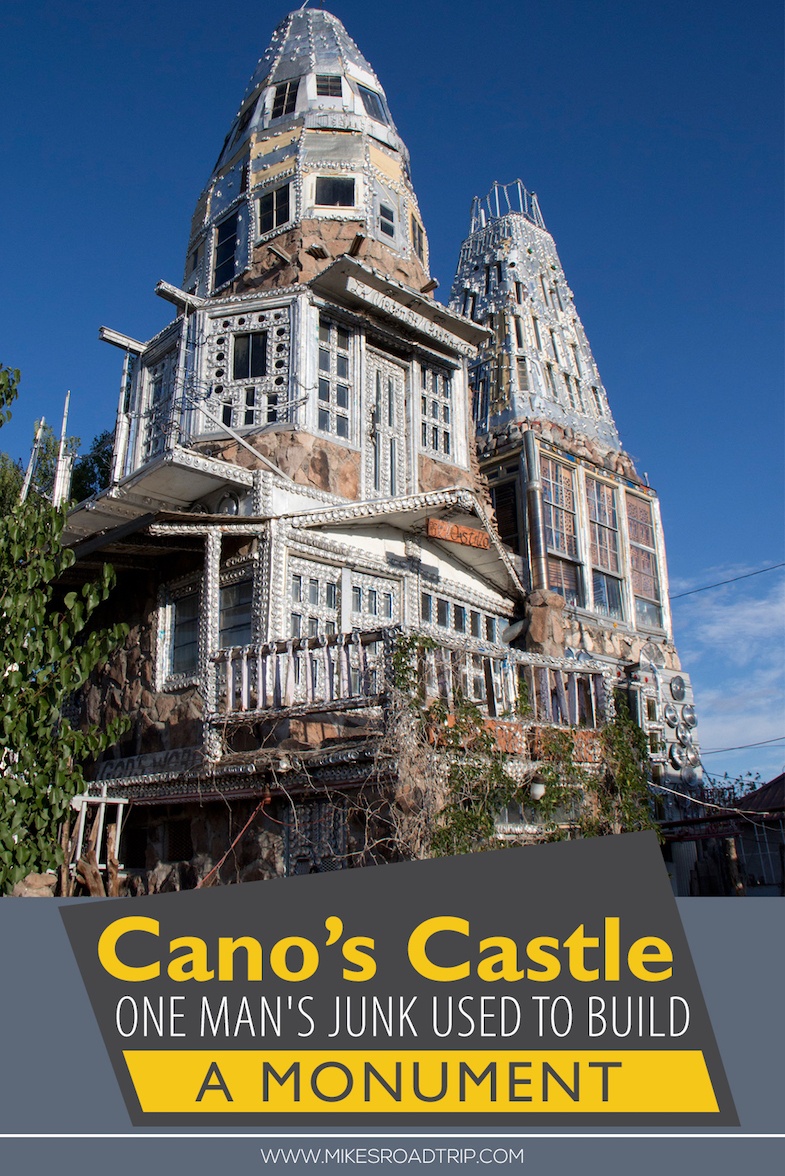
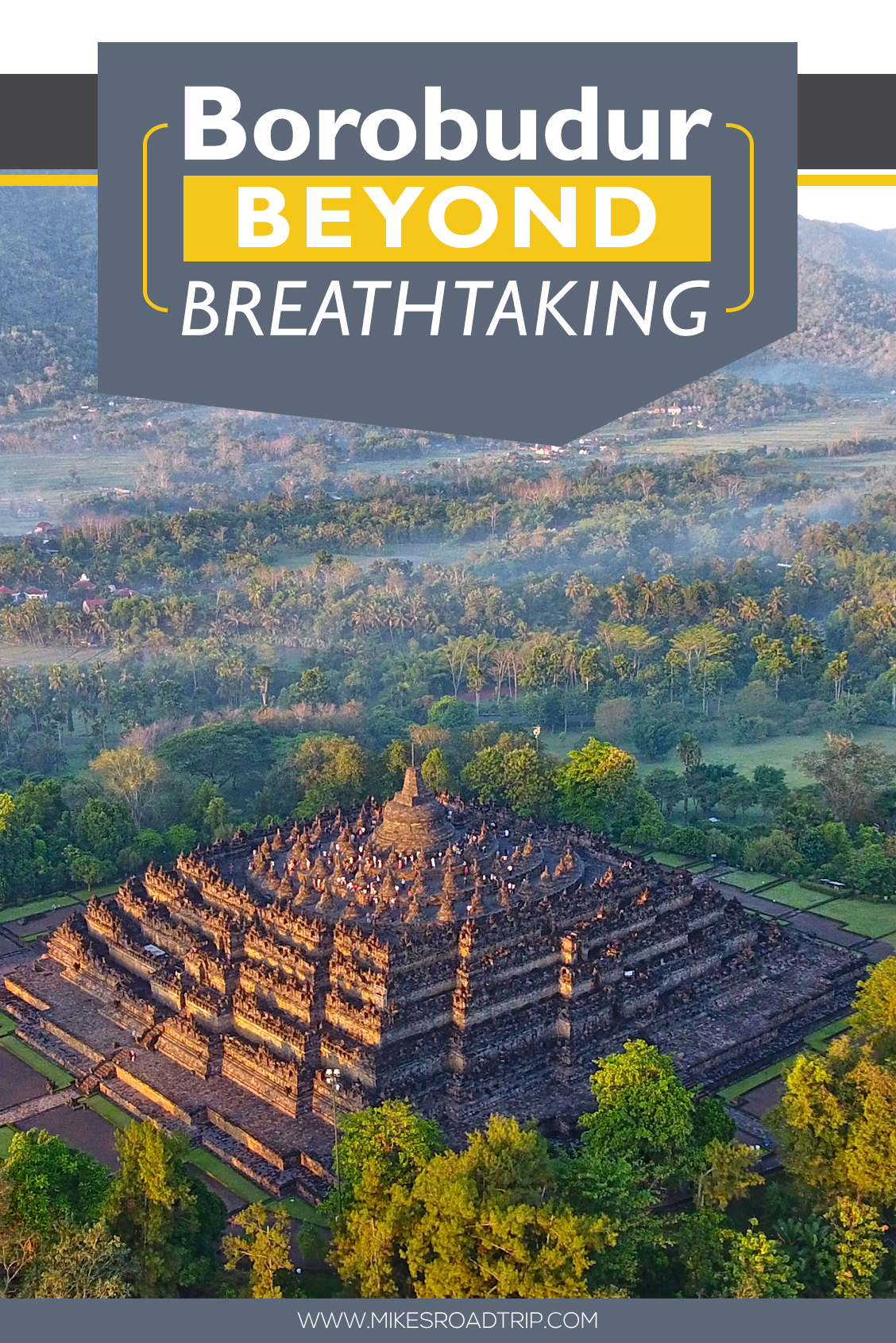
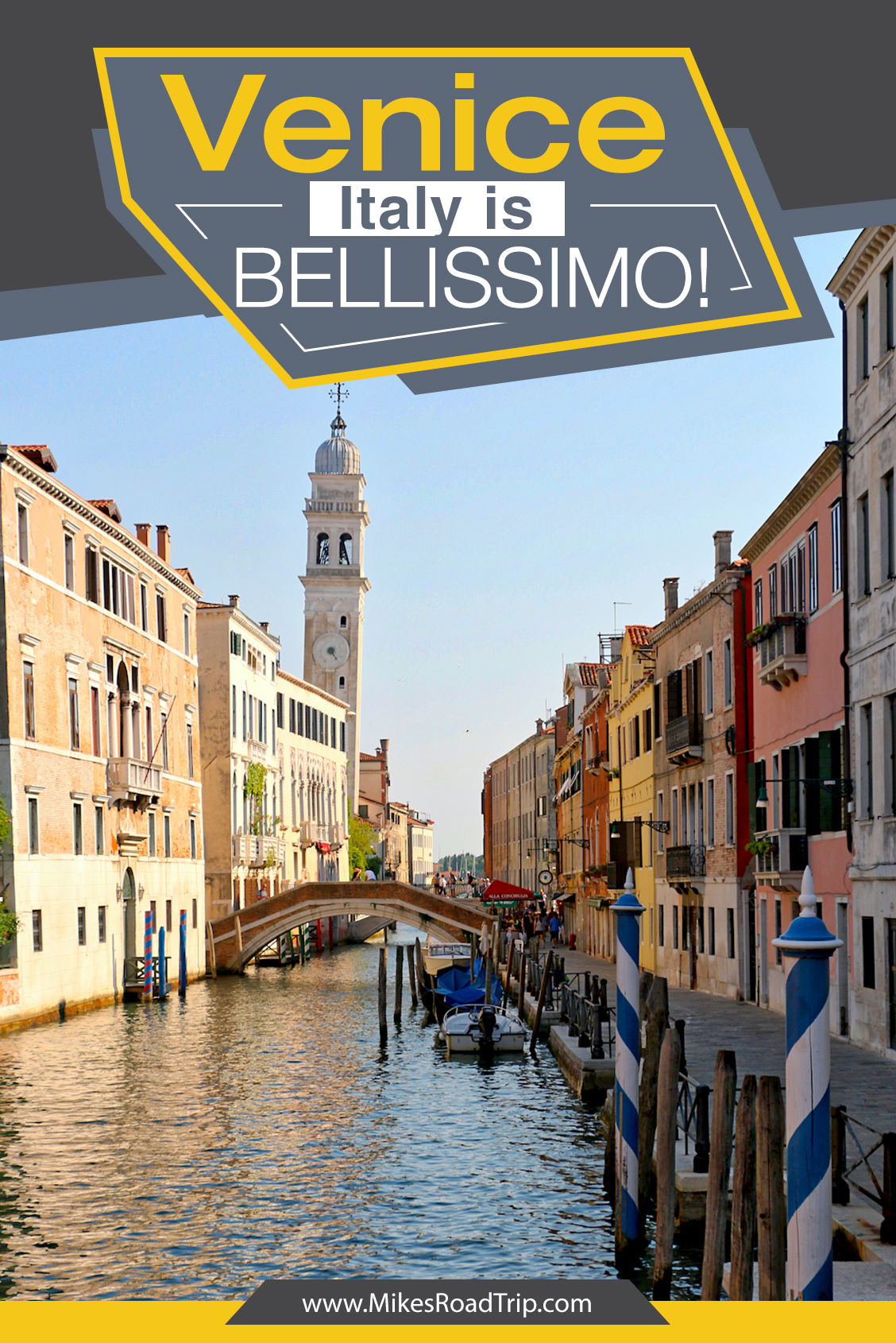

2 Comments
Hugely educational, this post, Mike!
Thank you so much Ajay…so glad you found it helpful. Cheers, Mike